Page 217 of 302

M N
co
a:
co
,...., \!) 1.1'1
N 1.1'1 ,....,
Gasoline additives
Appl ies to vehicles: with gaso line engine
A major concern among many auto manufactur
ers is carbon deposit build-up caused by the type
of gasoline yo u use.
Although gasoline grades differ from one manu
facture r to another, they have certa in things in
common. A ll gasoline grades contain substances
that can cause deposits to collect on v ita l engine
parts, such as fue l injectors and intake va lves. A l
though most gasoline brands include additives to
keep engine and fuel systems clean, they are not
equally effective.
Audi recommends using TOP TIER Detergent Gas
oline. For more information on TOP TIER Deter
gent Gasoline, please go to the official website
(www.toptiergas.com).
After an extended period of using inadequate
fuels, built-up carbon deposits can rob your en
gine of peak performance .
CD Note
-Damage or malf u nction due to poor fuel
quality is not covered by the Audi New Vehi
cle Limited Warranty.
- Do not add aftermarket fuel additive prod
ucts to your fuel tank.
Diesel fuel
Applies to veh icles: with d iesel e ng in e
Always use ULSD (Ultra Low Sulfur Diesel) No. 2.
The ULSD No. 2 meets the ASTM O97S.
Diesel fuel with concentrat ions of biodiesel high
er than S
% such as B11, B2O or B1OO are strictly
prohibited.
Service station fuel pumps are labeled w ith the
correct fuel information for easy recognition by
the user .
If the diesel fuel pump is not labeled
ask the station operator what fuel is being d is
pensed before filling up your vehicle.
ULSD No. 2 may not be ava ilab le outside the USA
and Canada. Be sure to check before traveling to
other countries .
Fuel and Refueling
ULSD No. 2 can become thicker in very cold tem
peratures, and this can impair the engine's start
ing and running. Depend ing on the season, gas
stations provide ULSD No. 2 that flows better in cold temperatures so that you can cont inue oper
ating your vehicle as usual.
CD Note
- Your vehicle's diesel engine was designed
soley for use w ith ULSD No. 2. Therefore,
never use gasoline, heating oil, other fuels
or flow improvers. These contain substances
that will severe ly damage the fuel system
and the engine. Such damage will not be
covered by your New Vehicle Limited War
ranty.
- If you put any amount of incorrect fuel in
the fuel tank, do not start the engine under
any circumstances. Immediately contact the
nearest authorized Audi dealer or author
ized Aud i Service Facility for assistance .
These fuels contain substances that can se
vere ly damage the fuel system and the en
gine if the engine is started.
Refueling
Fuel filler neck
The fue l filler neck is located on the right rear
side panel behind the fuel filler flap .
If the power lock ing system should fail, you can
still open the flap manually -for detailed instruc
tions see
¢ page 217.
You can find the fuel tank capacity of your vehicle
in
¢ page 278.
The label on the inside of the fuel f iller flap tells
you the correct fuel for your veh icle. For more in
formation about fuel specifications, see
¢page 213.
Your vehicle fuel tank has an on-board refuelling
vapor recovery system. This feature helps to pre
ven t fu el vapors from escap ing from the tank and
polluting the environment while yo u refuel your
vehicle. In order to fill the tank properly while
protecting the environment, please follow this
refueling procedure carefully .
215
Page 218 of 302

Fuel and R efue lin g
_& WARNING
Under normal operating conditions, never car
ry additional fuel containers in your car. Gas
canisters and other containers used to trans
port fuel can be dangerous. Such containers,
full or empty, may leak and could cause a fire
in a collision. If you must transport fuel to
use for your lawn mower, snow blower, etc.,
be very careful and a lways observe loca l and
state laws rega rding the use, transportation
and sto rage of such fuel containers. Make cer
tain the container meets industry standards
(ANSI/ASTM F852 -86) .
(D Note
Never d rive you r vehicle unt il the fuel tank is
comp letely empty. The irreg ular supply of
fue l can cause m isfiring. Gasoline cou ld enter
the exhaust system and damage the catalytic
converter.
Refuelling
Fig . 190 Right rear vehicle s ide: Opening the fuel fill er flap
Fi g. 191 Fuel filler flap with attached fuel cap
When activating the central lock ing, the fue l fill
er flap is automatically un locked or locked. Re
fue l the vehicle with the ignition turned
off.
216
Tak ing the fu el cap off
.. Press the left side of the fuel fi ller flap to open
it
¢ fig . 190 -arrow-.
.. Unscrew fue l cap counter-clockwise and hang it
on the fuel filler f lap
c;, fig. 191.
.. Check the label on the inside of the fuel filler
flap to determine if the vehicle must be fueled
w ith gasoline or diesel fuel.
Re fuelling proce dure
.. Insert the fuel nozzle from the gasoline pump
into the fue l filler neck as far as it will go.
.. Select a medium refuelling rate so that the
nozzle switches off automatically when the
tank is full.
Putting t he fu el cap b ack on
.. After f illing your tank, twist the fuel cap clock-
wise as far as it will go.
.. Close the fuel filler flap.
To avoid fuel spilling or evaporating from the fuel
tank always close fue l cap proper ly and com
plete ly. An improper ly closed fue l filler cap may
also cause the MIL lamp
c;, page 26 to come on
(only vehicles w ith gasoline eng ine) .
_& WARNING
Imp roper refueling or handling of fuel can
cause fire, explosion and severe burns.
- Fue l is highly flammable and can cause se
vere burns and other injur ies.
-
- Failure to shut the engine off while refuel
ing and/or to insert the pump nozzle fully
into the fue l filler neck could cause fuel to
spray out of filler neck or to overflow. Fue l
spray and overflowing fue l can cause a fire.
- Never use a ce llular telephone while refuel
ing. The electromagnetic radiation can
cause sparks that can ignite fuel vapors and
cause a fire.
- Never get back into your vehicle wh ile refu
eling. If in except iona l circumstances you
m ust get back in your vehicle whi le refue l
ing, make certain that yo u close the door
and touch metal to discharge static electric-
ity before touching the filler nozz le aga in.
IJJ,,,
Page 219 of 302

M N
co ~ co
rl I.O
"' N
"' rl
Static electricity can cause sparks that can ignite fuel vapors released during refueling.
- Never smoke or have an open flame any
where in or near your vehicle when refueling or filling a portable fuel container.
- For your safety, we strong ly recommend
that you do not travel with a portable fuel
container in your vehicle. The container, full
or empty may leak and could cause a fire,
especially in a crash.
- If, under exceptional circumstances, you
must transport a portable fuel container,
please observe the following:
- Never fill a portable fuel container whi le it
is anywhere in or on the vehicle (for exam
ple, in the luggage compartment, or on
the trunk). Static electricity can bui ld up
while filling and can ignite fuel vapors causing a fire.
- Always place a portable fuel container on
the ground before filling.
-Always keep the fi ller nozzle complete ly
ins ide the portable container before and
during filling.
- If filling a portable container made of
metal, the filler nozz le must always be in
contact w ith the container . Th is will help
prevent static e lectricity from discharg ing
and cause a fire .
- Never sp ill fuel inside the vehicle or lug
gage compartment. Fue l vapors are highly
flammab le.
- Always observe local and state/provincial laws rega rding the use, storage and trans
portat ion of fuel contai ners.
- Make certa in the fuel container meets in
dustry standards (ANSI/ ASTM F852 -86) .
(D Note
If any fuel has spilled onto the car, it shou ld
be removed immediately to prevent damage
to the paint .
@ For the sake of the environment
As soon as the correctly operated nozzle sw itches off automatically for the first time,
the tank is full . Do not try to add more fuel
Fu el a nd R efu elin g
because f uel may spill out. In addition, the
expansion space in the fuel tank will be fi lled -
causing the fue l to overflow when it becomes
warm and pollute the environment.
@ Tips
- Running your engine whi le refue lling may
cause vapors to escape or even cause fue l to
spill out of the tank. This would then sh ut
off the fuel nozzle before the tank is full.
- Do not refuel your vehicle with the ignition turned on. The fuel gauge may otherwise not indicate the correct fuel level after refu
elling .
- Diesel vehicles* are equipped with a diesel
m isfueling protector .
It allows the vehicle to
be fueled only with a d iesel fue l pump noz
zle . A wo rn o r damaged nozzle o r a nozz le
that is too small may not be able to open
the diesel misfueling protector.
If this is the
case , try turning the nozzle before insert ing
it in the fuel filler neck, use a different fuel
pump or see your authorized A udi dealer or
authorized repair facility for assistance.
- The fuel fi ller f lap of your vehicle is not
locked when you lock the vehicle from the
inside.
Unlocking the fuel filler flap
by hand
You can open the fuel filler flap by hand if the
power locking system should fail.
Fig. 192 L u ggage compa rtm en t: Em erge ncy ope ning of
fue l fille r flap
The emergency op ening mechanism is located
behind the right side trim panel in the luggage
compartment.
• Open the right side trim panel.
217
Page 220 of 302

Fuel and Refueling
"' Loosen the strap from its bracket and pull on it
¢
fig. 192 . Now you can open the fuel filler flap
as usual.
Selective catalytic reduction
General information
Applies to vehicles: with selective catalytic reduct ion
In vehicles with selective catalytic reduction, a
urea solution (Ad Blue) is injected into the ex
haust system before
a nitrogen oxide catalytic
converter to reduce nitrogen emissions .
The AdBlue is carried in a separate tank in the ve
hicle. The AdB lue usage accounts for approxi
mately 0.5% to 1.2% of the diesel fuel that is
used.
When a message about refilling the Ad Blue ap
pears in the instrument cluster disp lay, you must
refill the Ad Blue yourself or have it refilled by an
authorized Audi dealer or authorized Audi Service
Facility ¢
page 219.
(1) Tips
-The display indicates the distance remaining
that can be driven¢
page 218. If the Ad Bl
ue tank is completely empty, the engine will
not start again after the ignition is switched
off.
-Ad Blue is required by law to operate this ve
hicle .
Messages in the instrument cluster display
Applies to vehicles: with selective catalytic reduct ion
The display indicates if the Ad Blue level is low or
if there is a system malfunction.
AdBlue level low
You will be informed if the Ad Blue in the tank
drops below a certain level.
Ad Blue /9 1500 mi (2400 km) Refill Ad Bl-
ue. See owner's manual
This message appears when there is only enough
Ad Blue left to drive the distance indicated in the
instrument cluster. Fill the Ad Blue.
218
Ad Blue /9 600 mi (1000 km) Refill Ad Blue!
No restart in 600 mi (1000 km)! See owner's
manual
This message appears when there is only enough
Ad Blue left to drive the distance indicated in the
instrument cluster. Fill the AdB lue . Otherwise
the engine will not start again if you stop it once
the distance indicated has been driven.
Refill Ad Blue! No re
start! See owner's manual
This message appears when the Ad Blue tank is
empty. Fill the Ad Blue . Otherwise you will not be
able to start the engine again once you stop it.
The Ad Blue must be refilled when the amount in
the tank has reached the minimum level
¢ page 219, Filling AdBlue .
Incorrect filling/system malfunction
A message appears if the Ad Blue tank was filled
with a flu id other than Ad Blue and the system
has detected that the tank was filled incorrect ly,
or if there is a system malfunction.
AdBlue ./' 600 mi (1000 km) AdBlue:
Fault! No restart in 600 mi (1000 km)! See
owner's manual
This message appears when it is only possible to
drive the distance indicated in the instrument
cluster. Drive to the nearest authorized Audi
dealer or authorized Audi Service Facility to have
the malfunction cor rected. Otherwise the engine
will not start again if you stop it once the dis
tance indicated has been driven.
AdBlue: System
fault. No restart! See owner's manual
This message appears if the system has detected
that the tank was fi lled incorrectly or that there
i s a malfunction. Drive immediate ly to the near
est authorized Audi dealer or authorized Audi
Service Facility to have the malfunction correct
ed. Otherwise you will not be ab le to start the en
gine again once you stop it .
Page 221 of 302

M N
co ~ co
rl I.O
"' N
"' rl
Filling AdBlue
Applies to vehicles: with selective catalytic reductio n
Fig. 193 Right rear vehicle s ide: remov ing the Ad Blue cap
The Ad Blue tank opening is located near the die
sel tank opening . Add at least 1 gallon (3 .8 lit
ers) of AdBlue. This is the m inimum amount re
qu ired to ensure the system detects the ref illing
and to start the eng ine. You can fill a maximum
of 6 ga llons (23 l iters).
Requirement: The request to add Ad Blue must
appear in the instrument cluster display.
.,. Switch the ign ition off.
.,. Open the tank door¢
page 216 .
.,. Turn the tank cap counterclockwise with the lug
wrench from the veh icle tool kit to remove it
9fig. 193.
.,. Fill the Ad Blue with the bottle¢ page 219 or
the canister
¢ page 220.
A WARNING
Ad Blue can irritate the skin, eyes and respira
tory system. If there is contact with the fluid,
flush immediately with plenty of water. Con sult a physician if necessary.
CI) Note
- Only use Ad Blue that conforms to the
standard ISO 22241-1. Do not mix any addi
tives with the AdBlue and do not dilute it
with water.
- Do not add Ad Blue to the diesel tank or add
diesel fuel to the Ad Blue tank. Mixing can
lead to damage to the eng ine and the Ad B l
ue tank system.
- AdBlue attacks surfaces such as painted ve
hicle components, plastic and carpet. Re-
Fuel and Refueling
move the fluid as quickly as possible with a
damp cloth and plenty of cold water. If the
Ad Blue has already crystall ized, use warm
water and a sponge. Ad Blue residue that is
not removed will crystallize and can damage
the affected surface.
- Do not store refill bottles or can isters per
manently in the vehicle. If the container
leaks, the escaping AdBlue could damage
the vehicle interior.
- Do not allow Ad Blue to come into contact
with clothing. If there is contact w ith the
fluid, flush immediately with plenty of wa
ter .
@ Tips
Follow the AdBlue manufacturer's instruc
tions for use and storage.
Refilling Ad Blue w ith a bottle
Applies to vehicles: with selective catalytic reduction
.,. Remove the cap from the ref ill bott le 9 _& in
Filling AdBlue on page
219, ¢(Din Filling
AdBlue on page
219 .
.,. Posit ion the bottle on the filler tube and t urn
the bottle clockwise until it stops turning.
.,. Press lightly against the bottom of the bottle
to empty it . Continue pressing the bottom of
the bottle until it is empty or until fluid stops
flow ing into the tank.
.,. Turn the bottle to the left without pressing on
the bottom.
.,. Close the filler neck
9 page 220, Completing
AdBlue refill.
{i) Tips
- You can ob tain refill bottles from an author
ized Aud i deale r or authorized Audi Service
Facility.
- A refill bottle contains approximately 0 .5
gallon (1.9 liters) of AdBlue.
219
Page 222 of 302

Fuel and Refu elin g
Refilling AdBlue with a canister
App lies to veh icles: w ith selective cata lyt ic red uctio n
@
+®
Fig. 194 Canister with hose
"' Remove the cover on the refill canister c:::> A in
Filling Ad Blue on page 219,
c:::> 0 in Filling
AdBlue on page 219 .
"' Secure the end of the hose(!) on the opening in
the canister @ by turning the hose to the r ight.
"' Remove the cap @from the other end of the
hose @.
"' Position the end of the hose @on the fi ller
neck in the vehicle and turn the hose to the
right to tighten it.
"'Lift the canister up and then tip it. Continue
holding the canister in a tipped position until it
is empty or until no more flu id flows into the
tank .
"' Remove the canister and close the filler neck
c:::> page 220, Completing AdBlue refill .
0 Note
Only use refill canisters that are approved for
your vehicle. Us ing other systems can cause
Ad Blue to leak.
@ Tips
- An authorized Audi dealer or author ized
Audi repair facility can tell you w hich refill
can iste rs a re approved for your vehicle.
- A refill canister contains approximate ly 1. 3
gallons (5 liters) of Ad Blue.
220
Completing AdBlue refill
App lies to vehicles: wit h selective cata lyt ic reduction
C losin g the filler neck
"'Turn the cap to the right on the filler neck w ith
the wheel w rench until the cap clicks i nto place.
This tightens the cap to the specification
c:::> A
in Filling AdBlue on page 219, c:::> 0 in Filling
AdBlue on page 219.
"'Then press on the left side of the tank door un-
til you hear it lock.
Aft er filling
The vehicle must be driven. The system may take
up to two m inutes to detect that the Ad Blue has
been filled.
"' If there was no AdBlue left in the tank and a
range of
O mi (0 km ) was shown in the display,
sw itch the ignition on for about 30 seconds be
fore starting the engine.
Page 223 of 302

M N
Checking and Filling Hood
Releasing the engine hood
The engine hood is released from inside the vehi
cle .
Fig . 195 Drive r's side footwe ll: e ng ine hood re lease lever
"' Wi th the driver's door open, pu ll the leve r un
der the instrument panel in the direction of the
arrow
c::> fig . 195.
The hood pops up s light ly under spri ng press ure.
Opening the engine hood
Fig. 196 Relea se leve r un der the eng ine hood
Before opening the engine hood, make su re that
the w indshield wipers are flat aga inst the wind
shield. Otherwise, they could damage the paint
on the hood .
"' Pull up on the release under the hood
c:> fig . 196. This releases the catch.
"' Open the hood all the way
c::> A.
~ _&. WARNING
rl
:5: Hot engine coo lant can burn you.
N l/1 rl
Ch eck in g and Fillin g
-To reduce the risk of being burned, never
open the hood if you see or hear steam or
coolant escaping from the eng ine compart
ment. Wait until no steam or coolant can be
seen or heard before carefully opening the hood.
Closing the engine hood
"' Pull the hood down until the pressu re from the
struts is reduced.
"' Le t the hood
drop down and latch in p lace. Do
not try to push it shut;
it may fa il to engage
c::> A .
A WARNING
-
A hood that is not completely latched cou ld
fly up and block your view while driv ing.
-
- When you close the engine hood, check it to
make sure the safety catch has properly en
gaged . The hood should be flush with the
surrounding vehicle body parts .
- If you notice while driv ing that the hood is
not secured properly, stop at once and close
it .
Working in the engine compartment
Be especially careful whenever you work in the
engine compartment.
Wheneve r you must pe rfo rm an y wo rk in the
eng ine comp artment , for e xample chec king and
fi lling differen t fluids , ther e is a ri sk of i nju ry,
bu rn s and acci den ts. To p re ve nt pe rsonal injur y
al way s ob serve the follo wing WARN INGS . The
e ngi ne compartm ent of an y ve hicle is a haza rd
ou s area
~ ,&..
A WARNING
To help avoid injury, before you check any
thing under the hood:
- Turn off the eng ine.
- Remove the ignition key.
- Apply the parking brake.
-
- Move selector lever of automatic transmis-
sion to P (Park).
221
Page 224 of 302

Checking and Filling
-Always let the engine cool down. Hot com
ponents will burn skin on contact .
- To reduce the risk of being burned, never
open the hood if you see or hear steam or
coolant escaping from the engine compart
ment . Wait until no steam or coolant can be
seen or heard before carefully opening the
hood.
- Keep children away from the engine com
partment .
- Never spill fluids on hot engine compo
nents . They can cause a fire .
- Never touch the radiator fan. The auxiliary
electric fan is temperature controlled and
can switch on suddenly.
- Never open the coolant reservoir cap when
the engine is still warm. The coolant system
is pressurized and hot coolant could spray
out .
- Protect your face, hands and arm from steam or hot engine coolant by placing a
thick rag over the cap when you open the coolant reservoir .
- Do not remove the engine cover under any
circumstances. This increases the risk of
burns.
- If work on the fuel system or the electrical
system is necessary :
- Always disconnect the battery.
- Never smoke or work near heaters or open
flames . Fluids in the engine compartment
could start a fire.
- Keep an approved fire extinguisher imme
diately available.
- To avoid electrical shock and personal injury
while the engine is running or being started, never touch:
- Ignition cables
- Other components of the high voltage
electronic ignition system.
- If you must perform a check or repair with
the engine running:
- First, fully apply the parking brake , move
selector lever of automatic transmission
to P (Park).
222
- Always use extreme caution to prevent
clothing, jewelry, or long hair from getting
caught in the radiator fan, V-belts or other
moving parts, or from contacting hot
parts . Tie back hair before starting, and do
not wear clothing that will hang or droop
into the engine.
- Minimize exposure to emission and chemi
cal hazards
~ ,&. .
&, WARNING
California Proposition 65 Warning:
- Engine exhaust , some of its constituents,
and certain vehicle components contain or
emit chemicals known to the State of Cali
fornia to cause cancer and birth defects and
reproductive harm. In addition, certain flu
ids contained in vehicles and certain prod
ucts of component wear contain or emit
chemicals known to the State of California
to cause cancer and birth defects or other
reproductive harm.
- Battery posts, terminals and related acces sories contain lead and lead compounds,
chemicals known to the State of California
to cause cancer and reproductive harms .
Wash hands after handling .
('.!) Note
When adding fluids, always make sure that
they are poured into the proper container or
filler opening, otherwise serious damage to
vehicle systems will occur.
@ For the sake of the environment
To detect leaks in time, inspect the vehicle
floor pan from underneath regularly. If you
see spots from oil or other vehicle fluids, have
your vehicle inspected by an authorized Audi dealer.
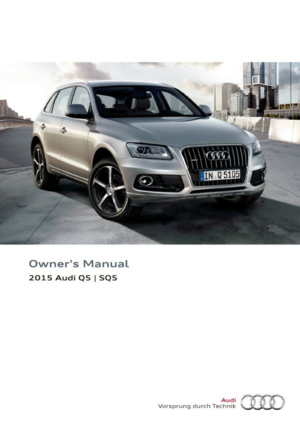 1
1 2
2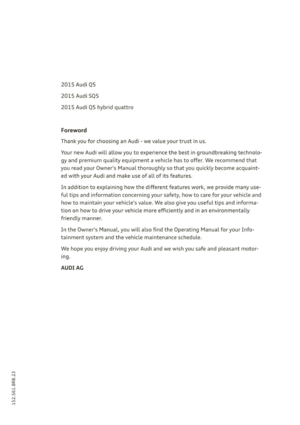 3
3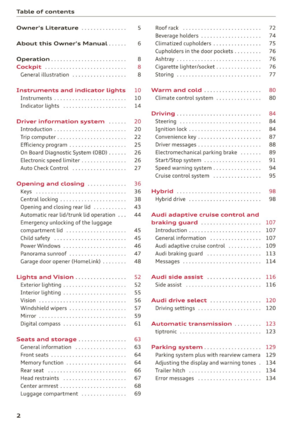 4
4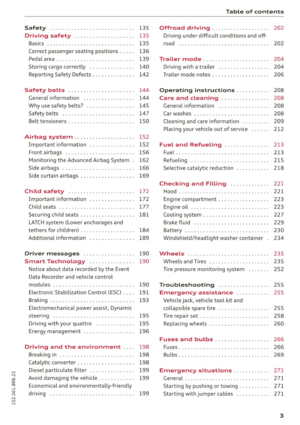 5
5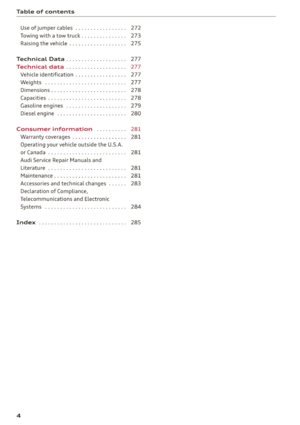 6
6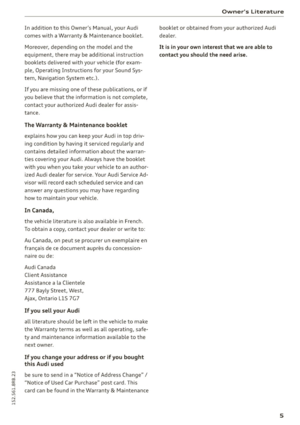 7
7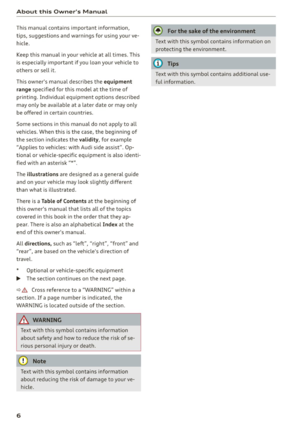 8
8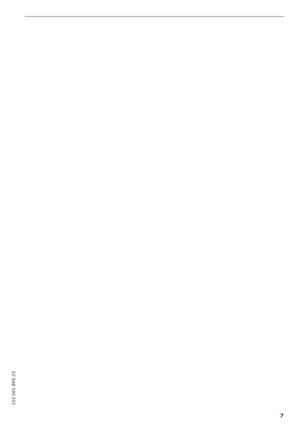 9
9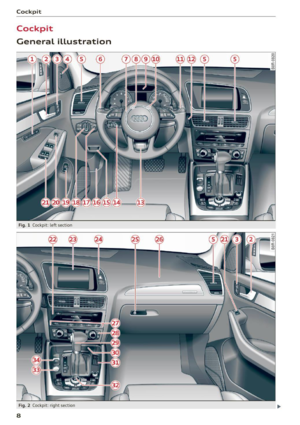 10
10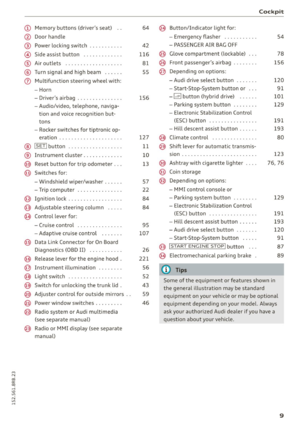 11
11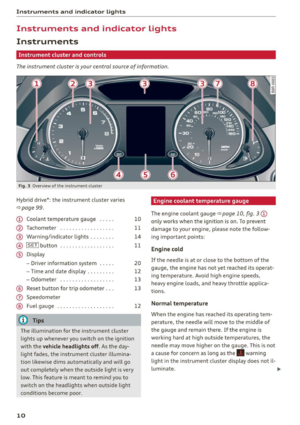 12
12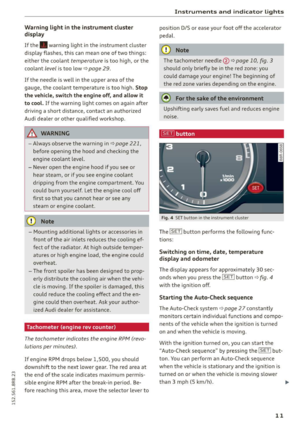 13
13 14
14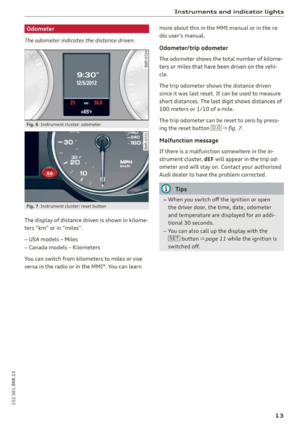 15
15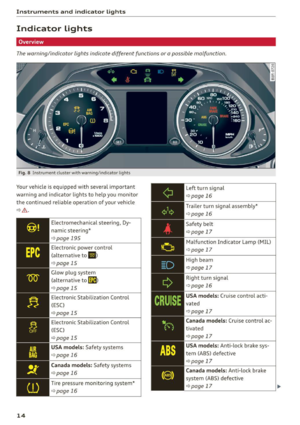 16
16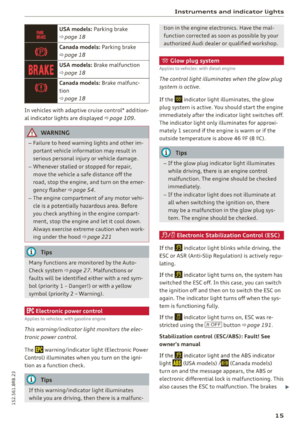 17
17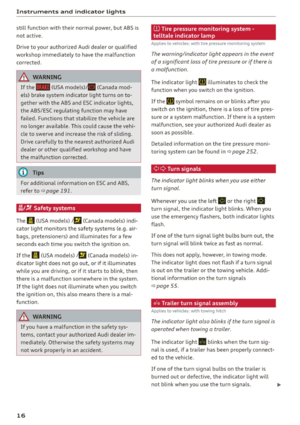 18
18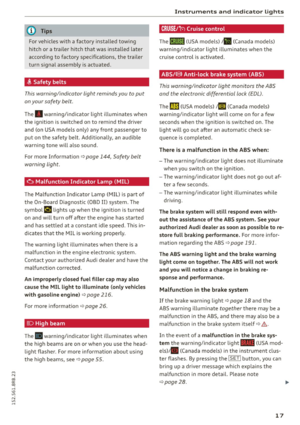 19
19 20
20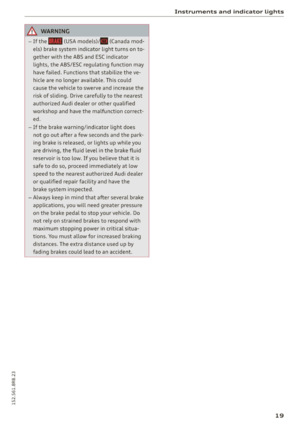 21
21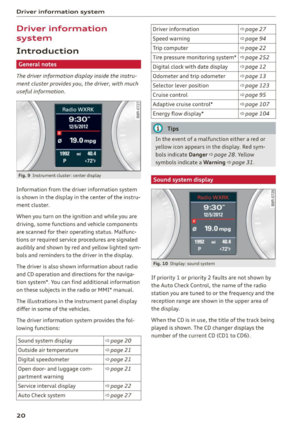 22
22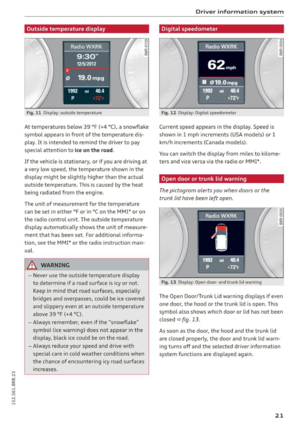 23
23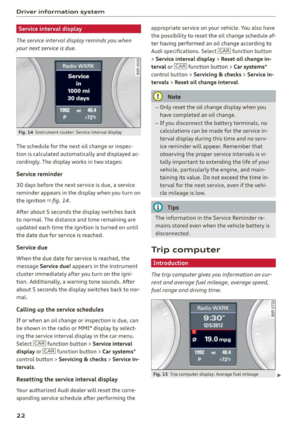 24
24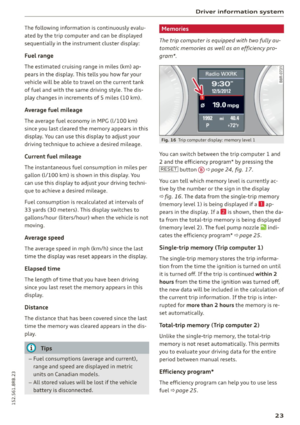 25
25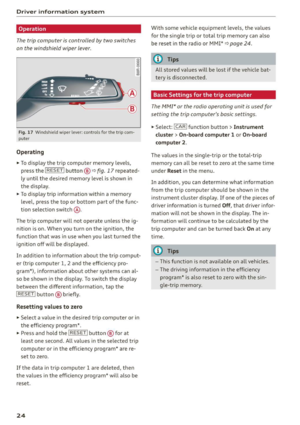 26
26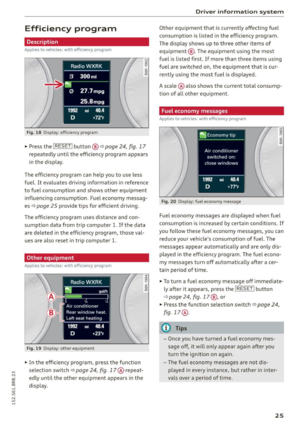 27
27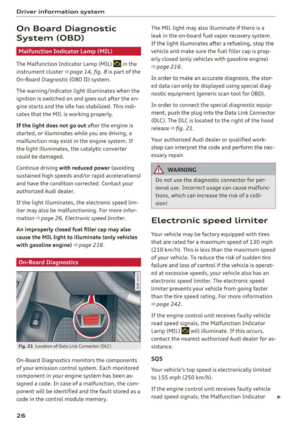 28
28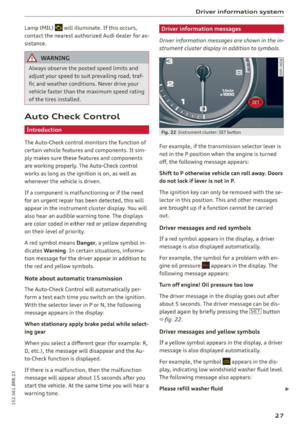 29
29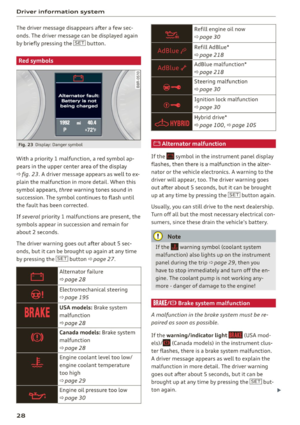 30
30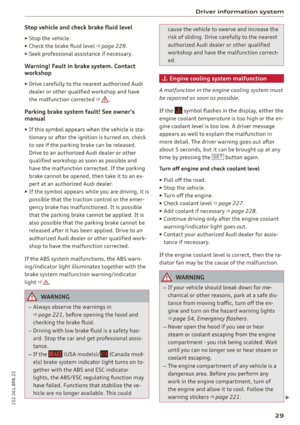 31
31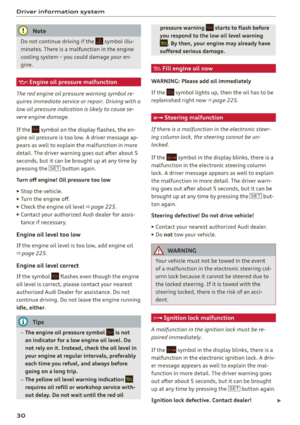 32
32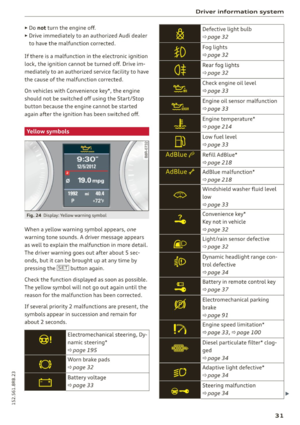 33
33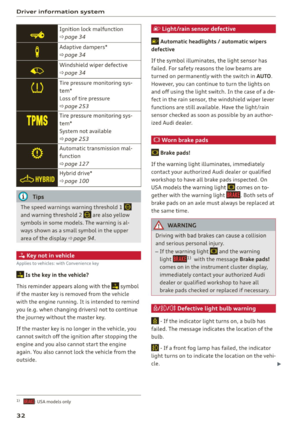 34
34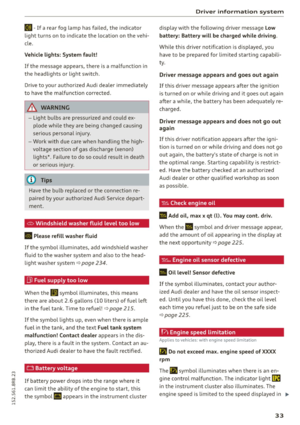 35
35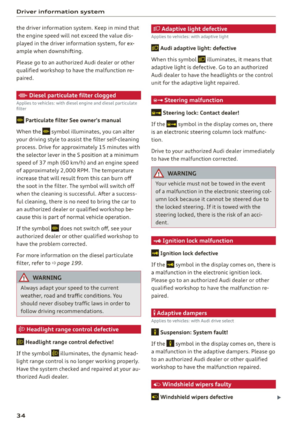 36
36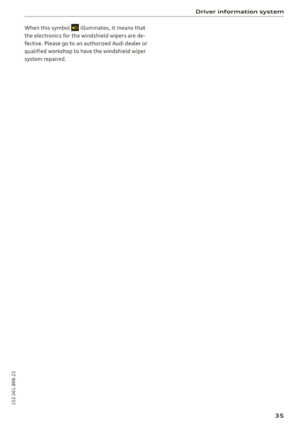 37
37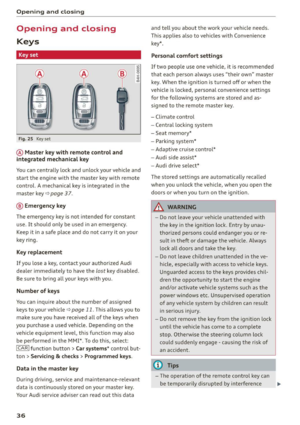 38
38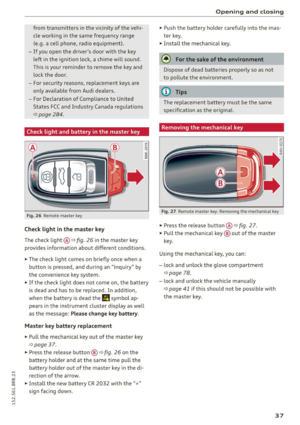 39
39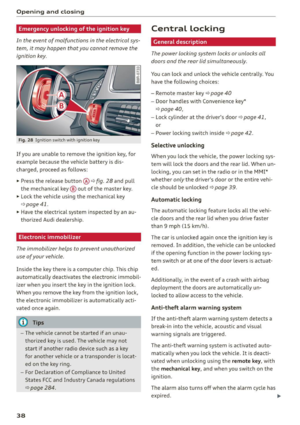 40
40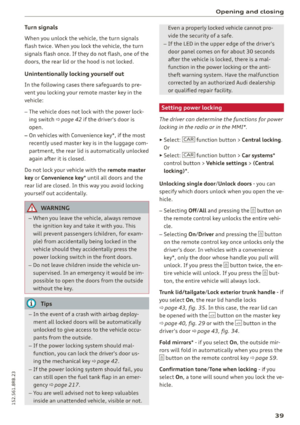 41
41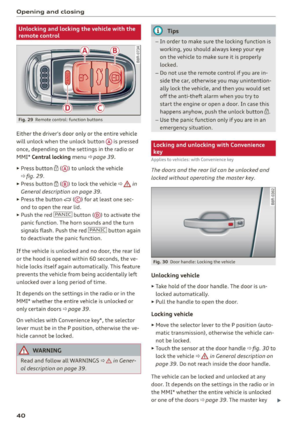 42
42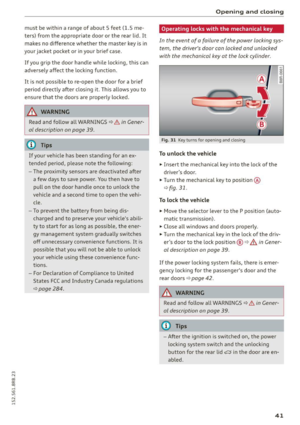 43
43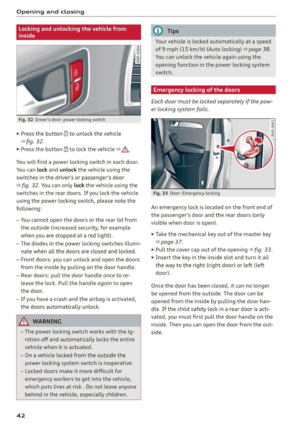 44
44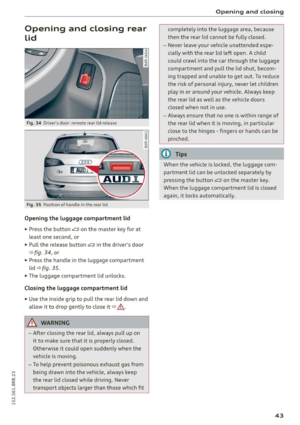 45
45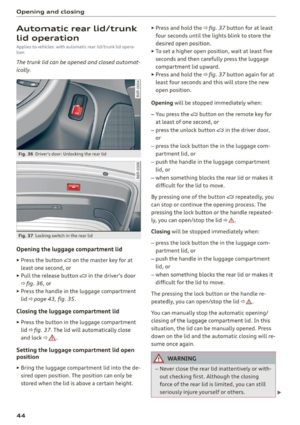 46
46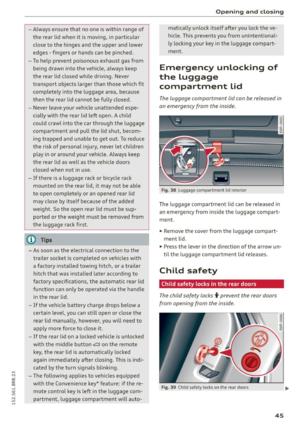 47
47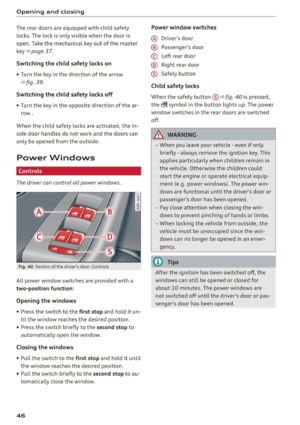 48
48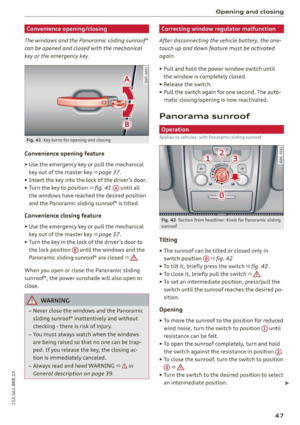 49
49 50
50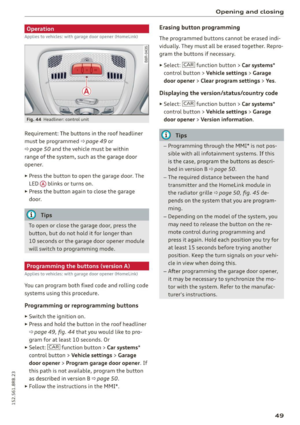 51
51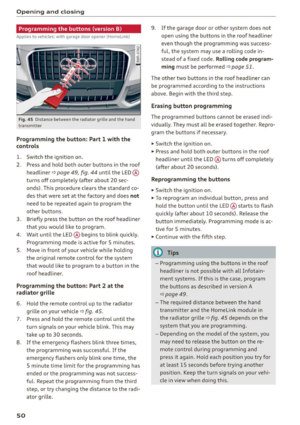 52
52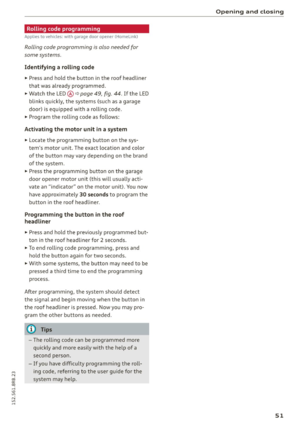 53
53 54
54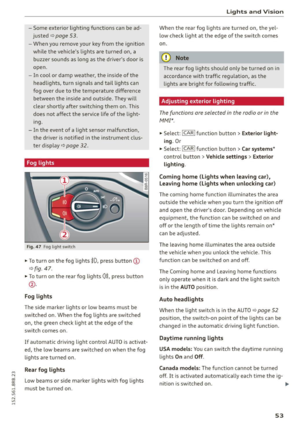 55
55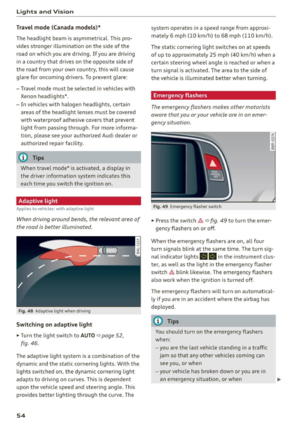 56
56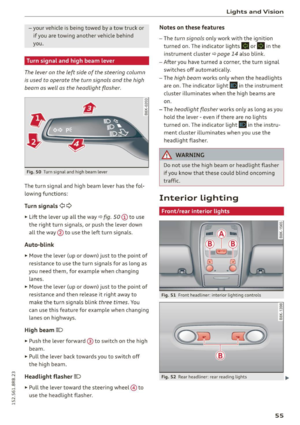 57
57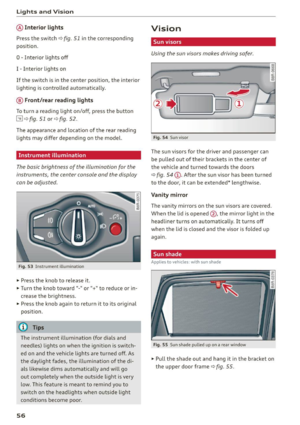 58
58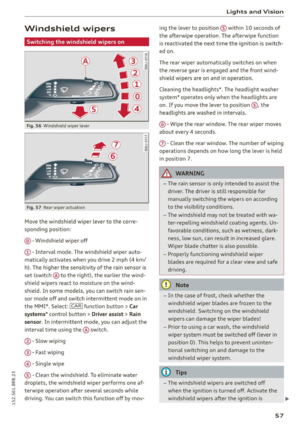 59
59 60
60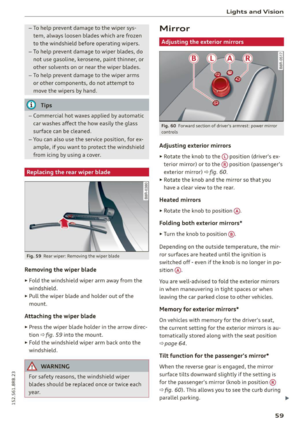 61
61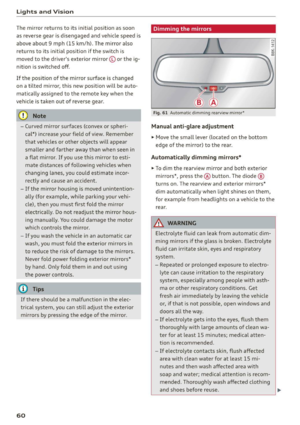 62
62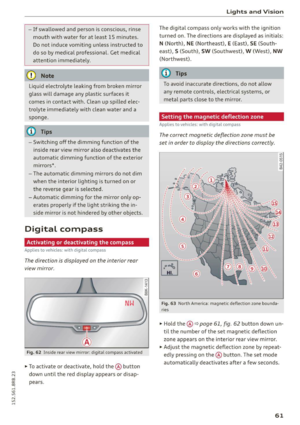 63
63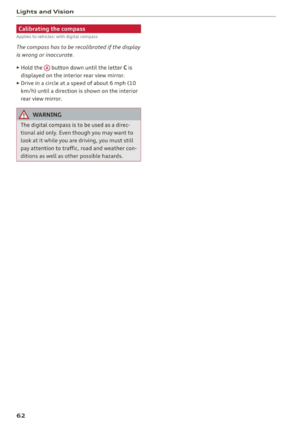 64
64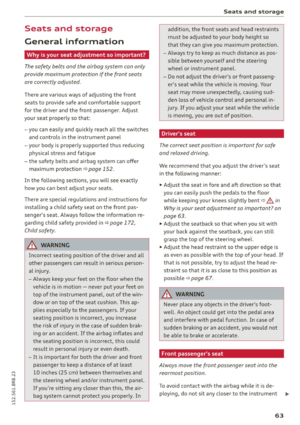 65
65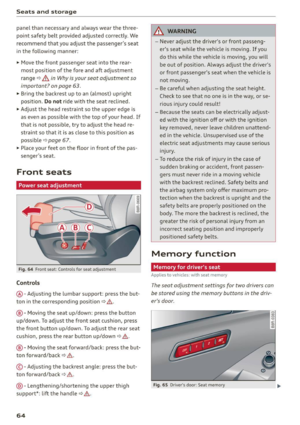 66
66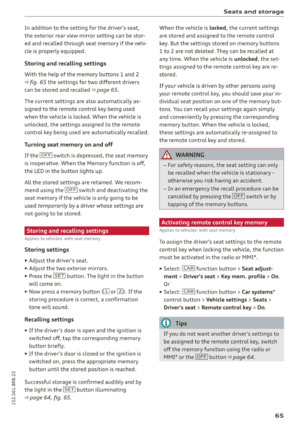 67
67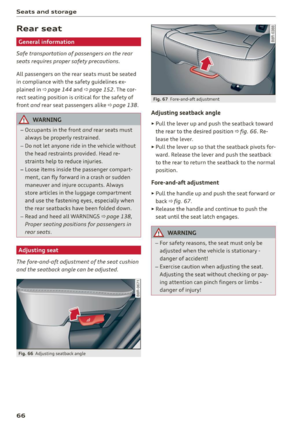 68
68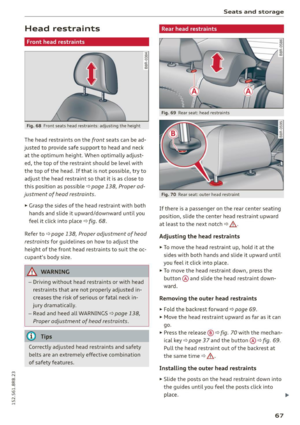 69
69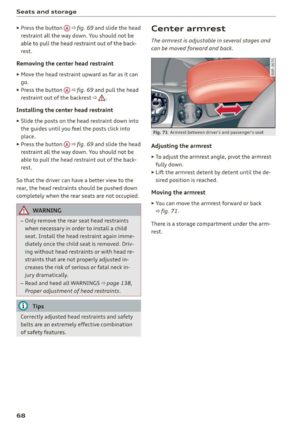 70
70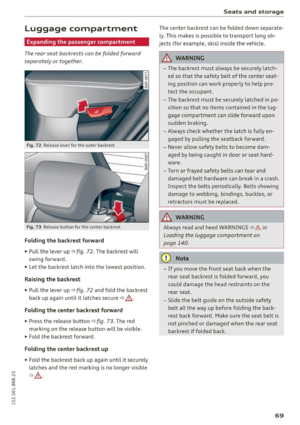 71
71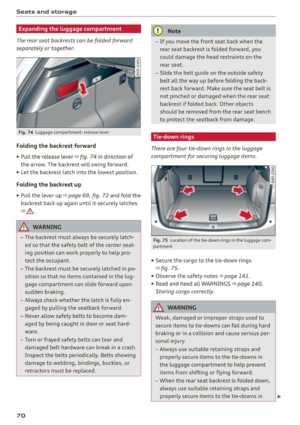 72
72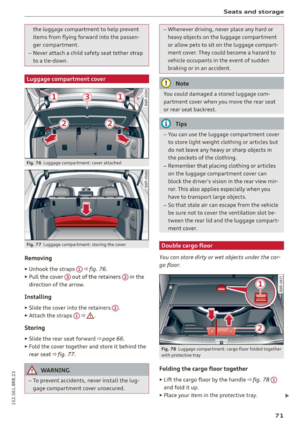 73
73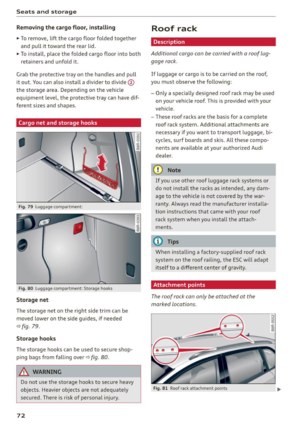 74
74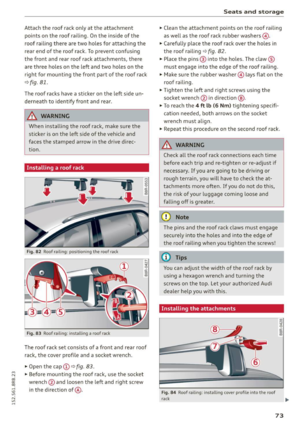 75
75 76
76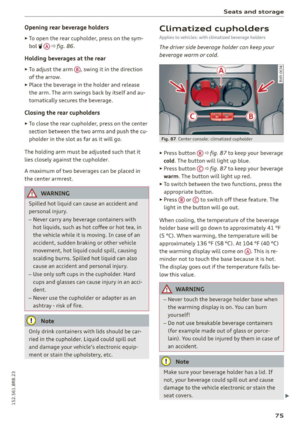 77
77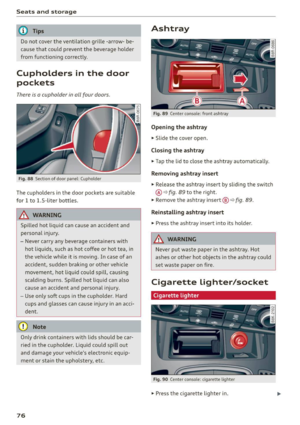 78
78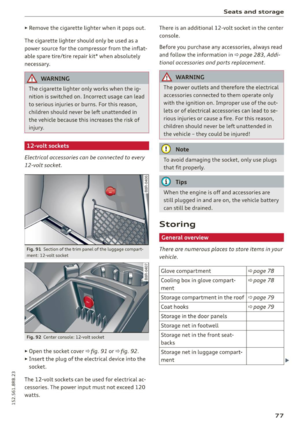 79
79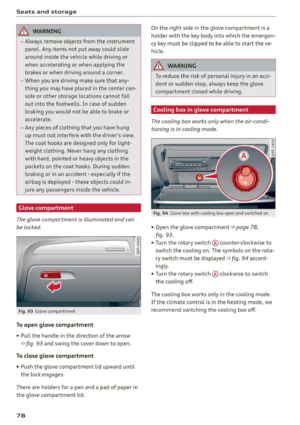 80
80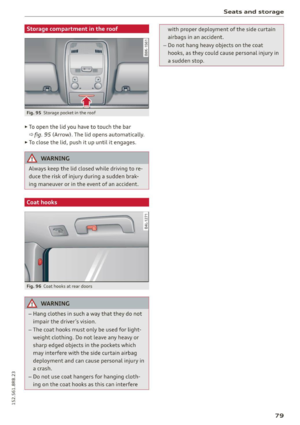 81
81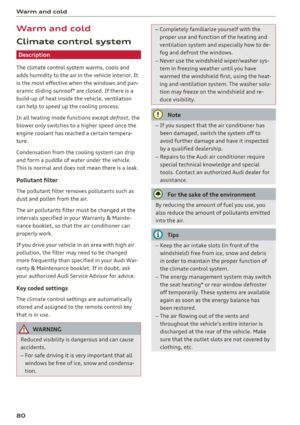 82
82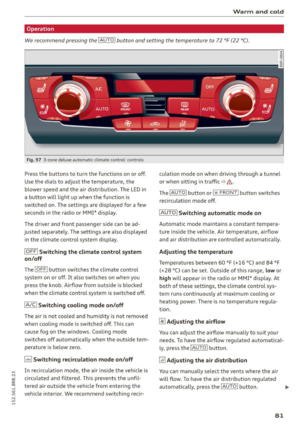 83
83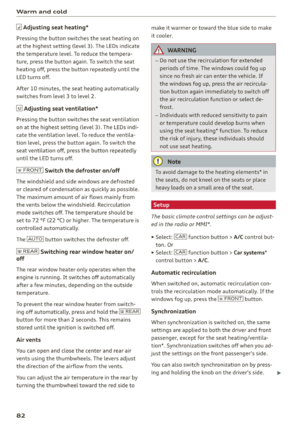 84
84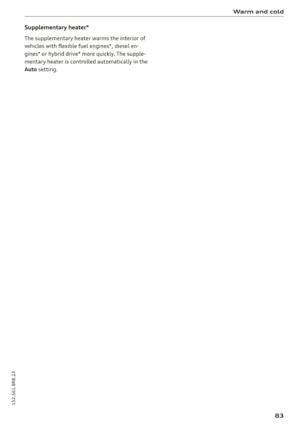 85
85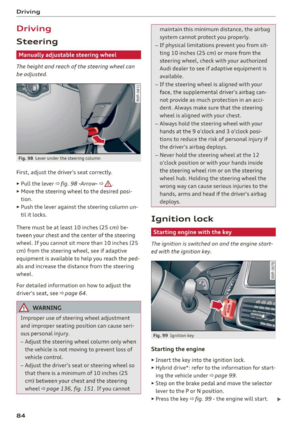 86
86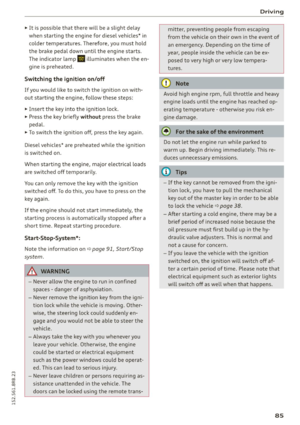 87
87 88
88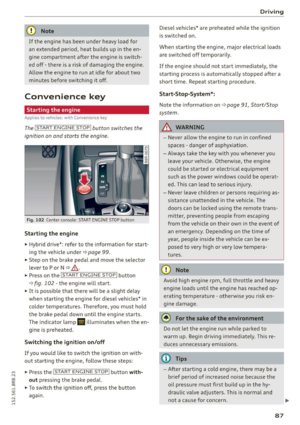 89
89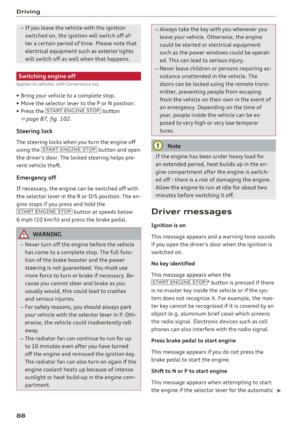 90
90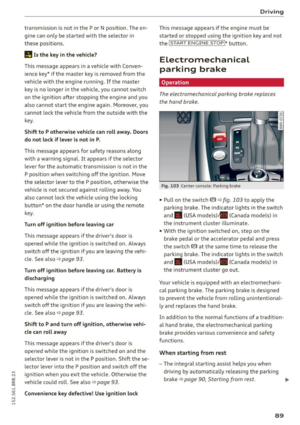 91
91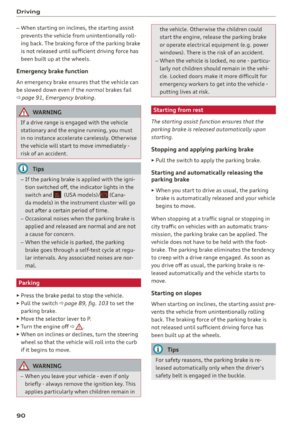 92
92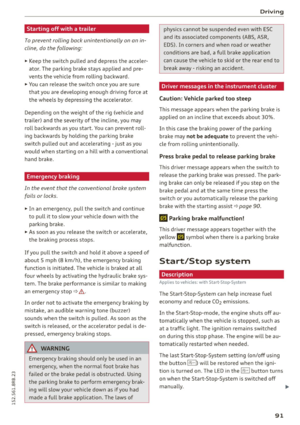 93
93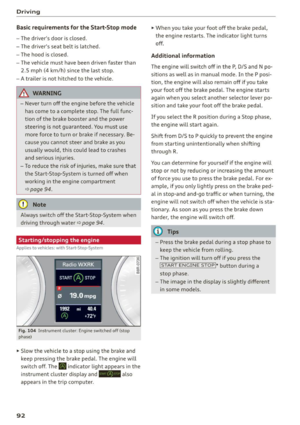 94
94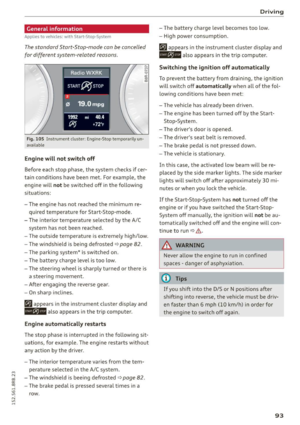 95
95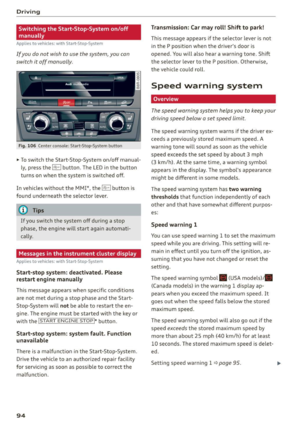 96
96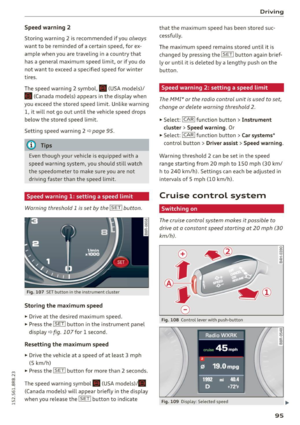 97
97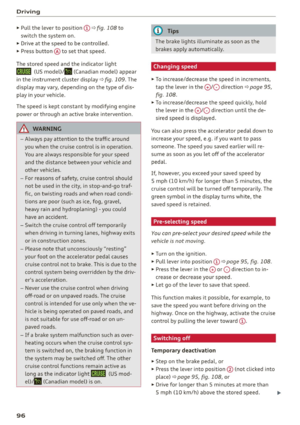 98
98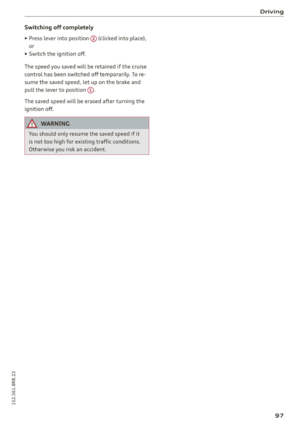 99
99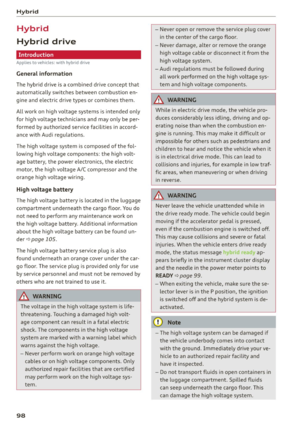 100
100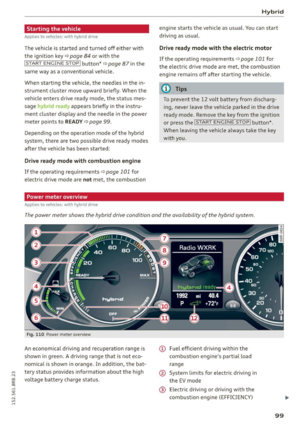 101
101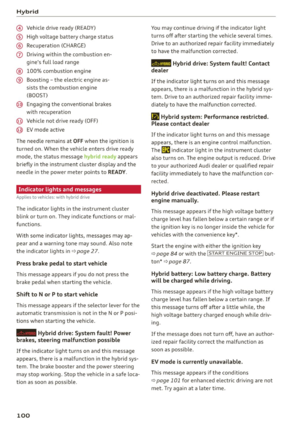 102
102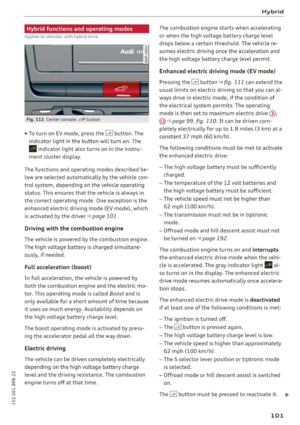 103
103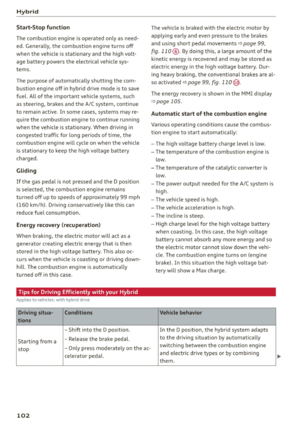 104
104 105
105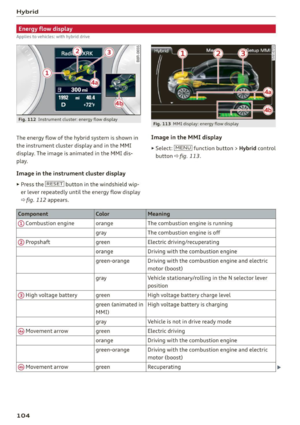 106
106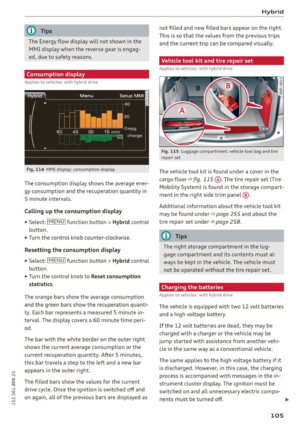 107
107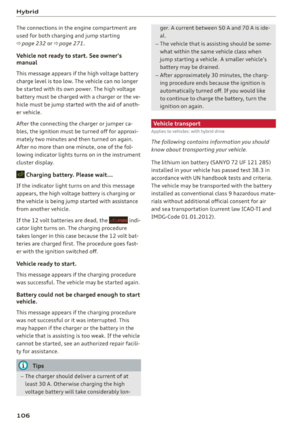 108
108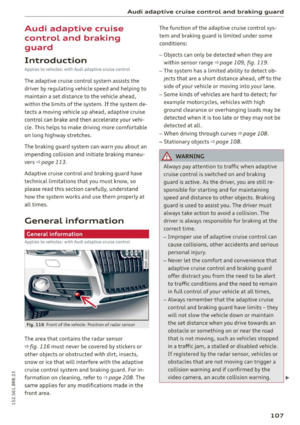 109
109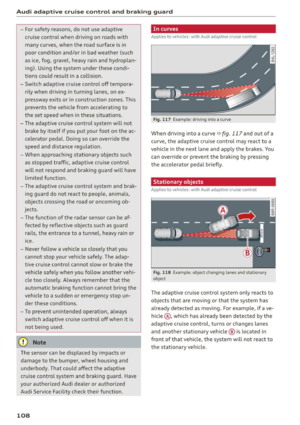 110
110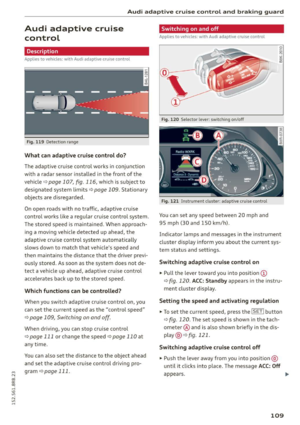 111
111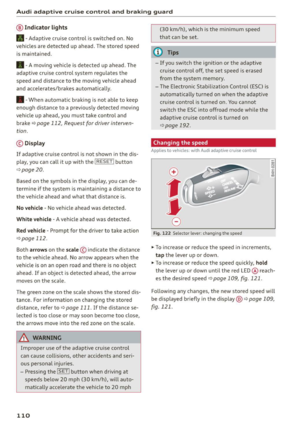 112
112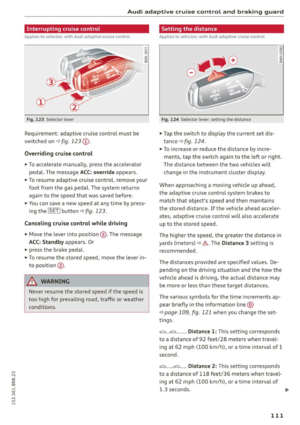 113
113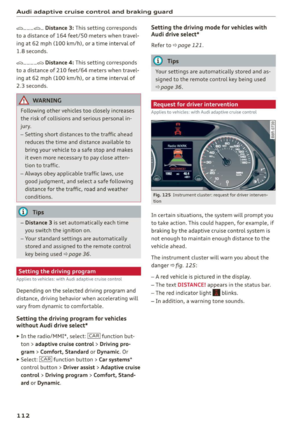 114
114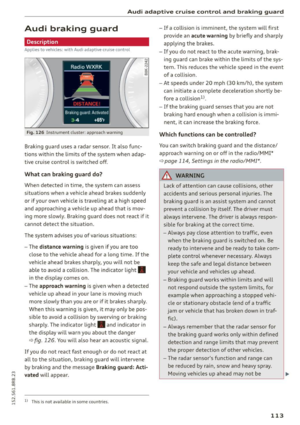 115
115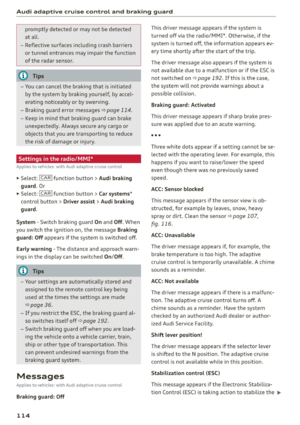 116
116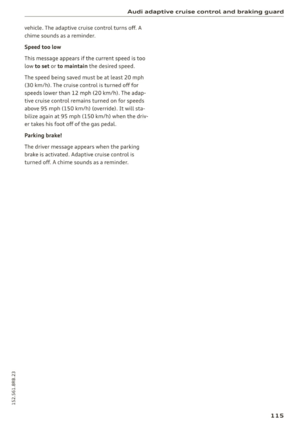 117
117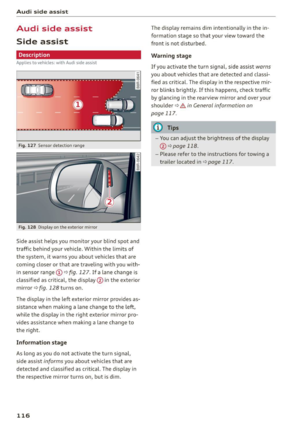 118
118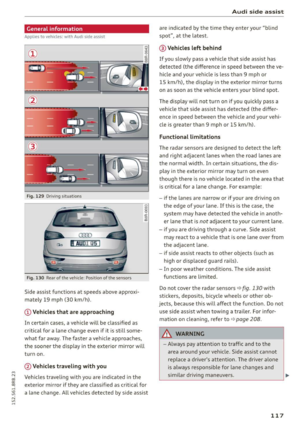 119
119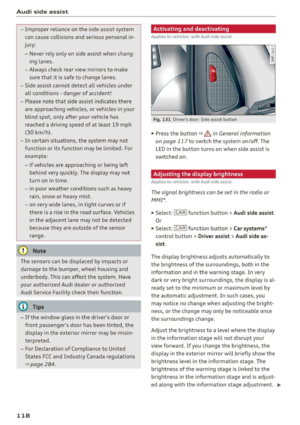 120
120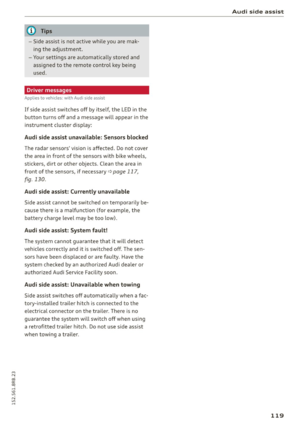 121
121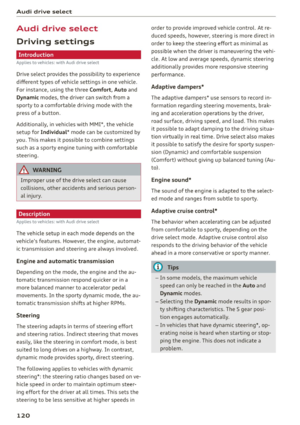 122
122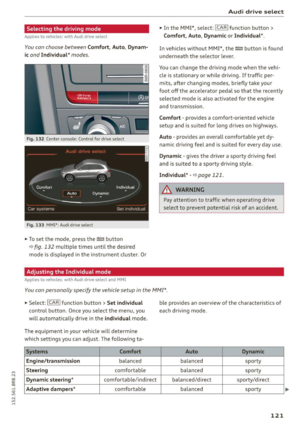 123
123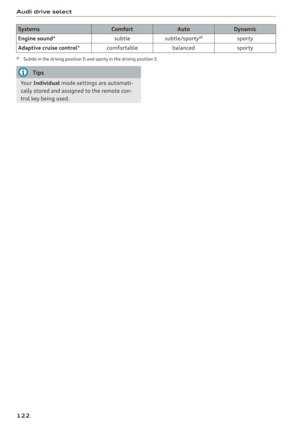 124
124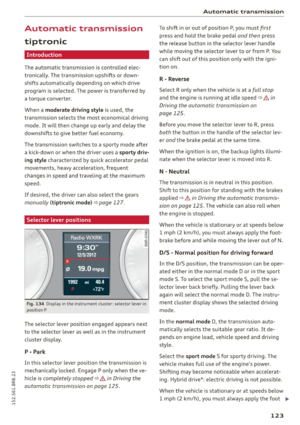 125
125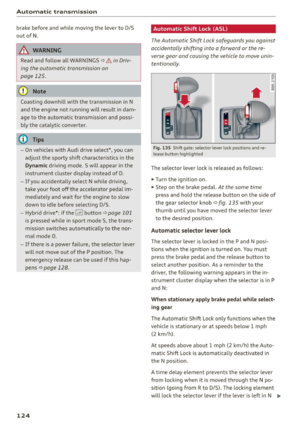 126
126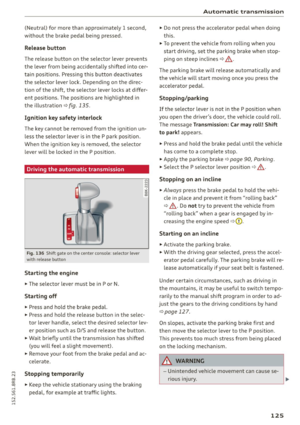 127
127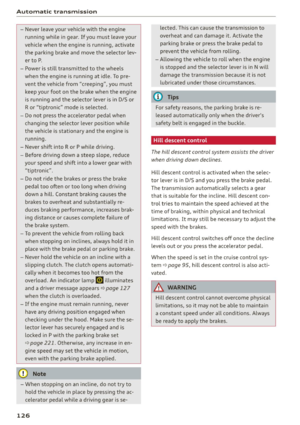 128
128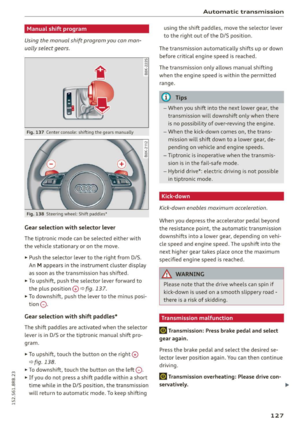 129
129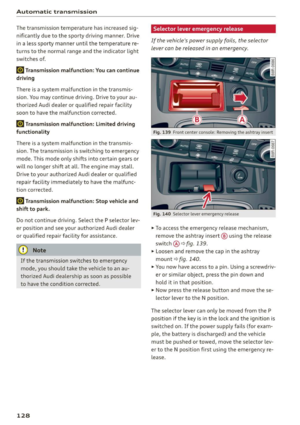 130
130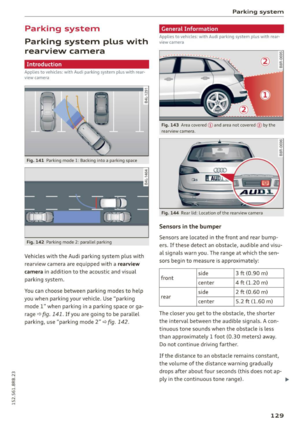 131
131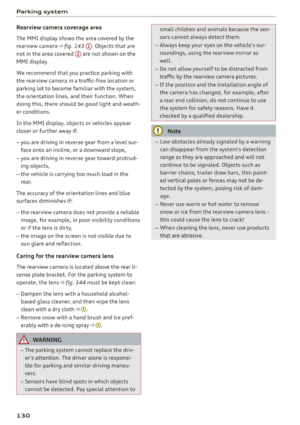 132
132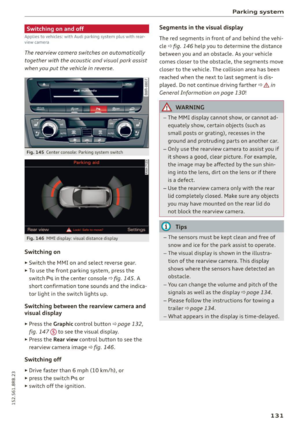 133
133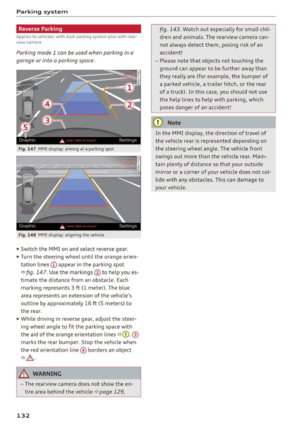 134
134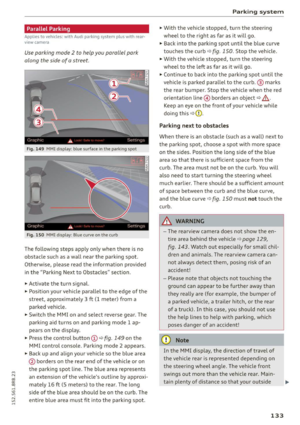 135
135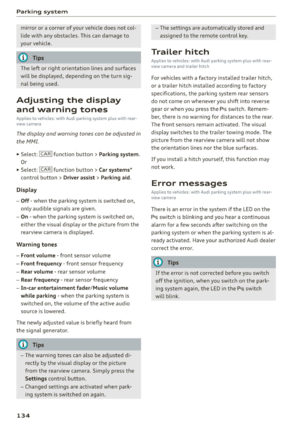 136
136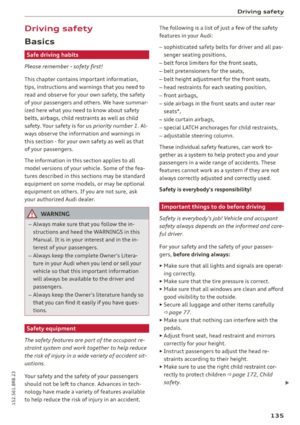 137
137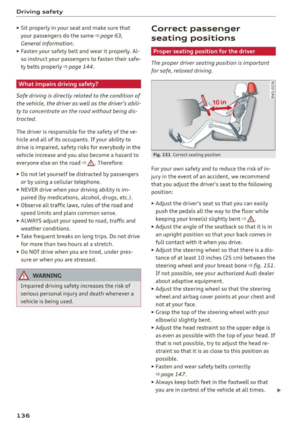 138
138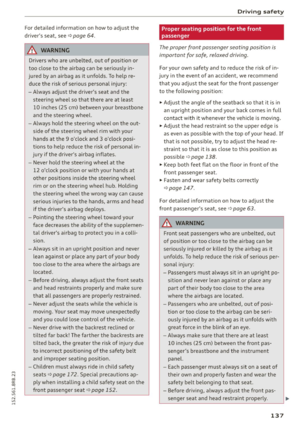 139
139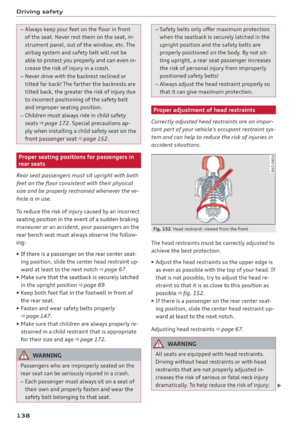 140
140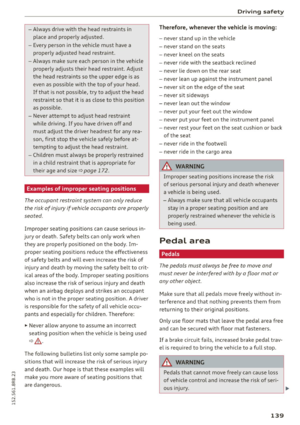 141
141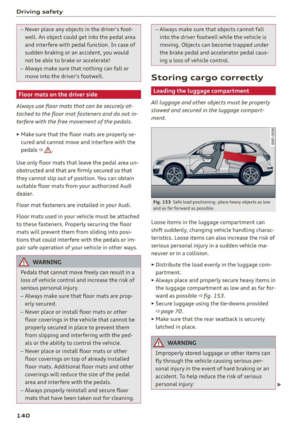 142
142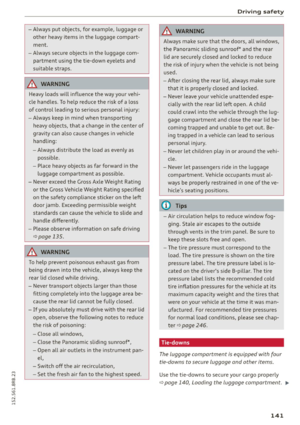 143
143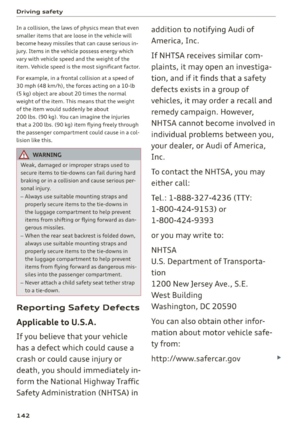 144
144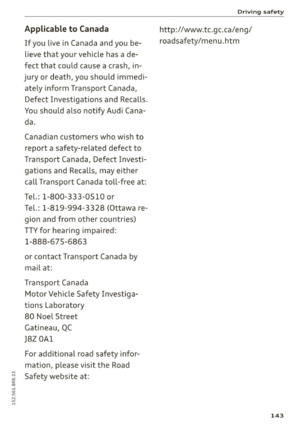 145
145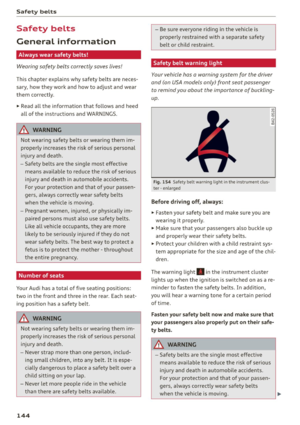 146
146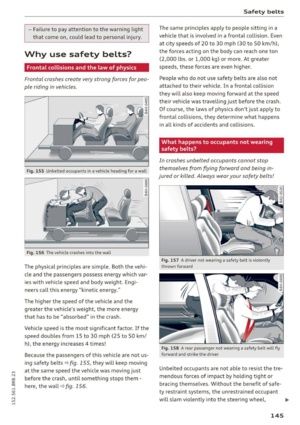 147
147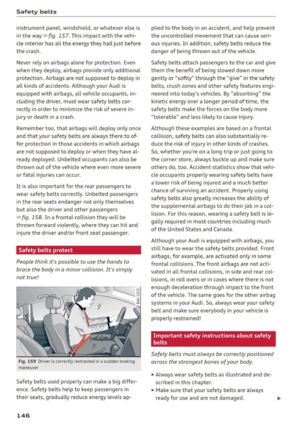 148
148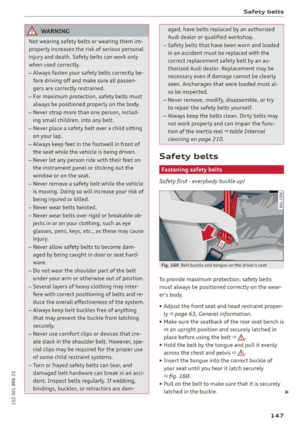 149
149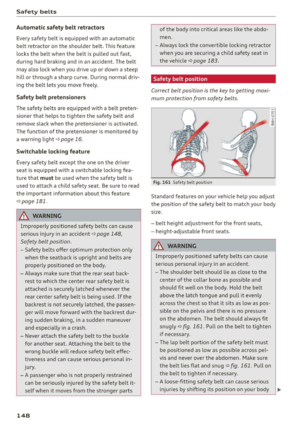 150
150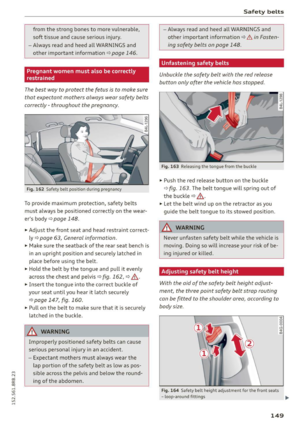 151
151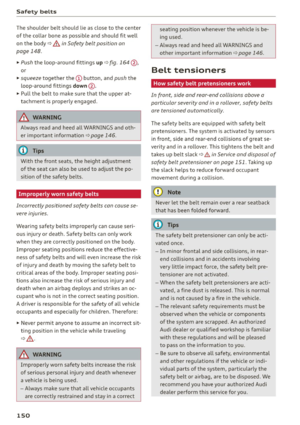 152
152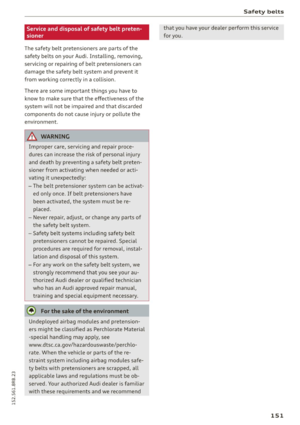 153
153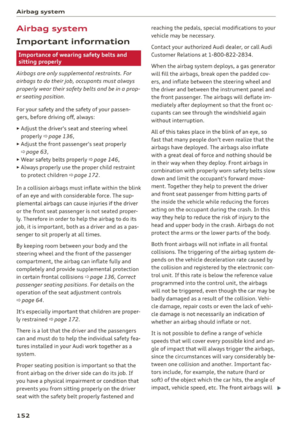 154
154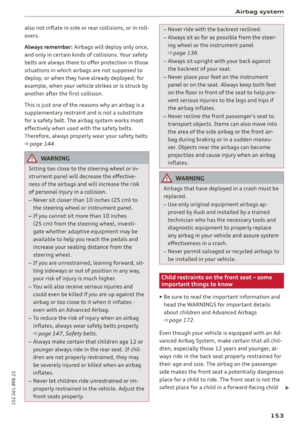 155
155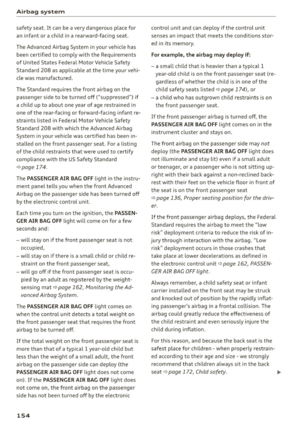 156
156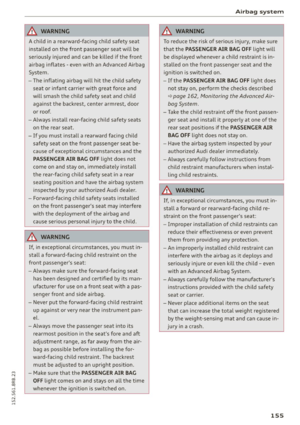 157
157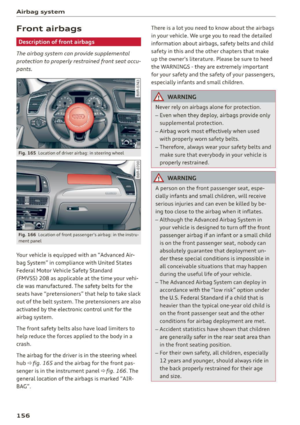 158
158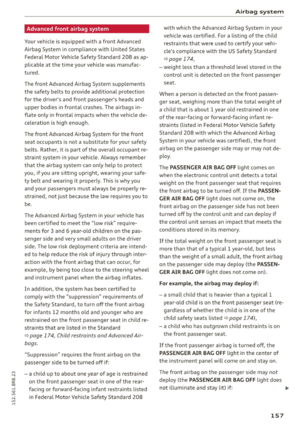 159
159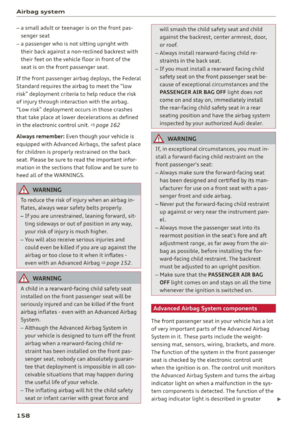 160
160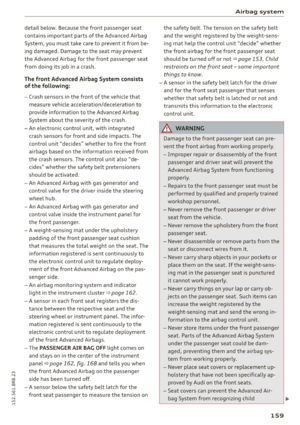 161
161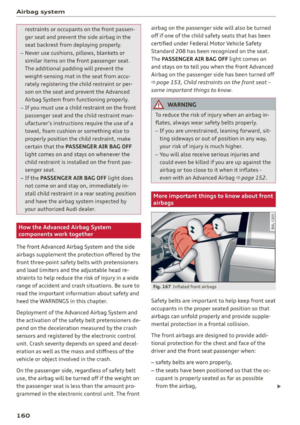 162
162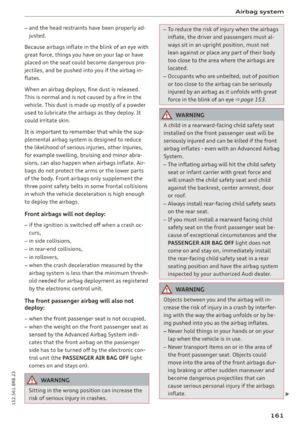 163
163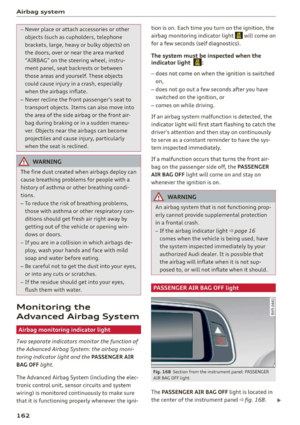 164
164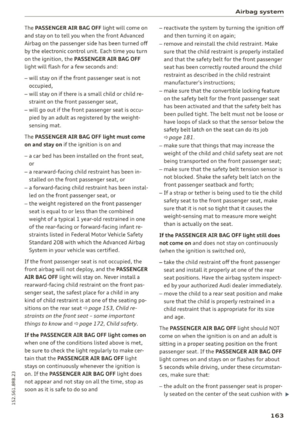 165
165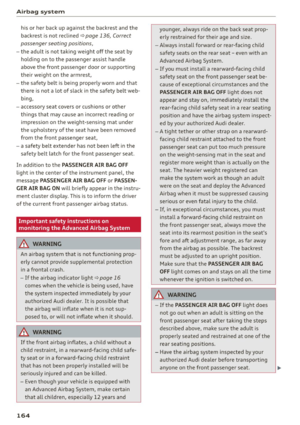 166
166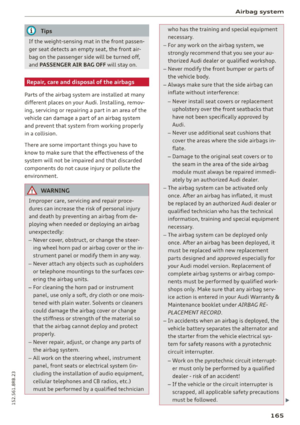 167
167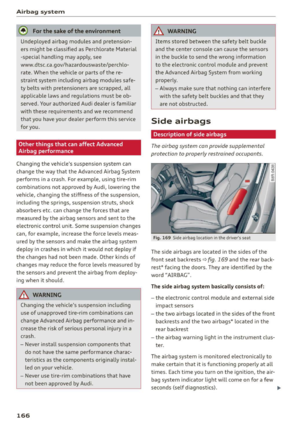 168
168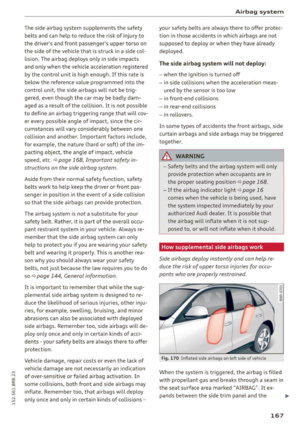 169
169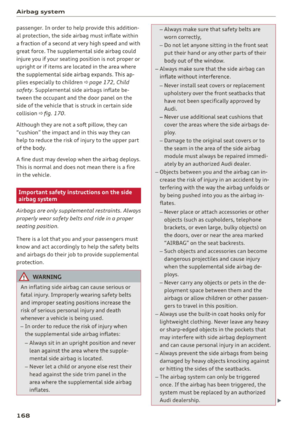 170
170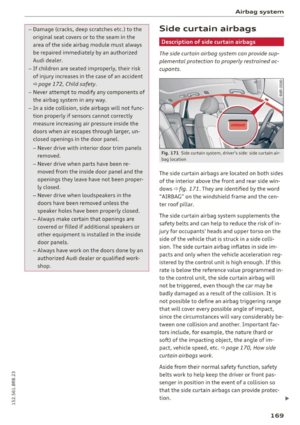 171
171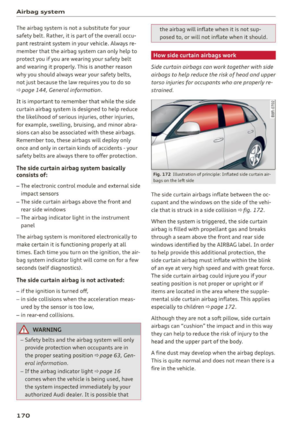 172
172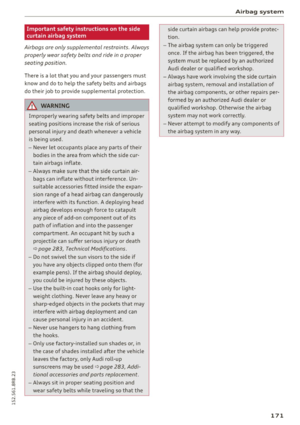 173
173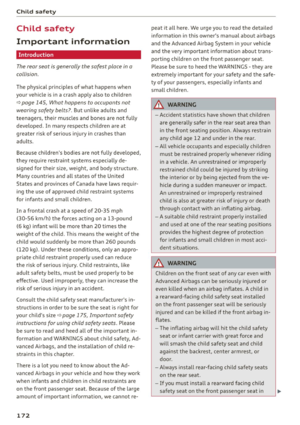 174
174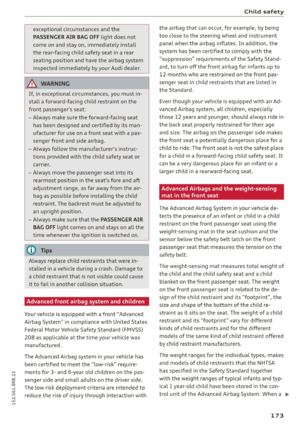 175
175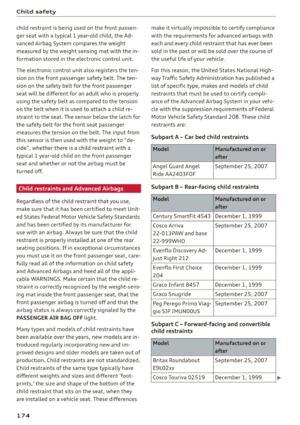 176
176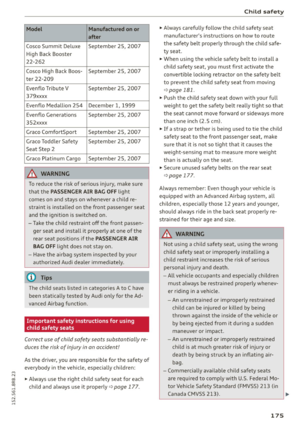 177
177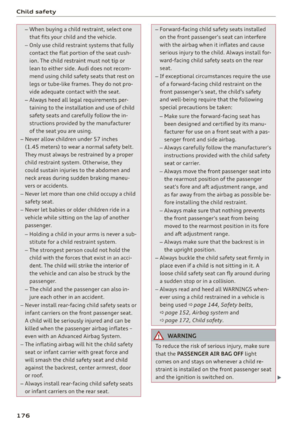 178
178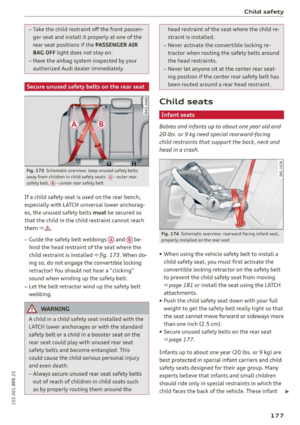 179
179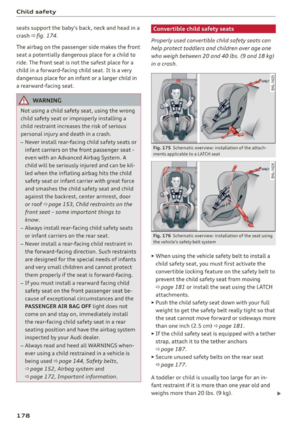 180
180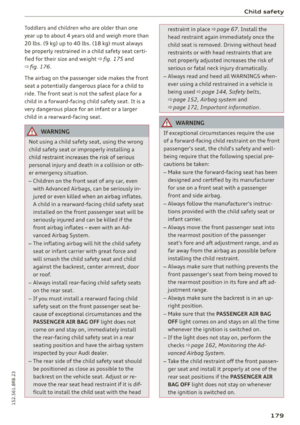 181
181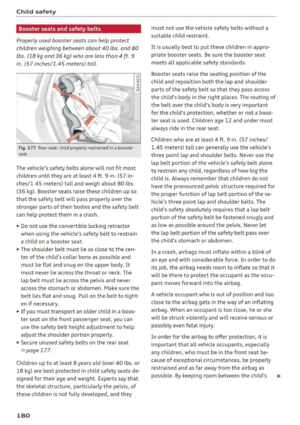 182
182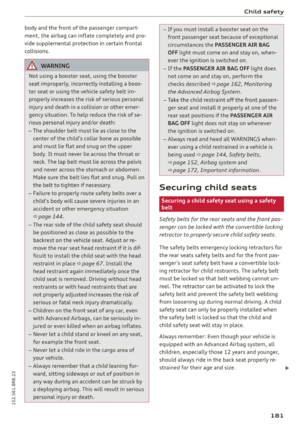 183
183 184
184 185
185 186
186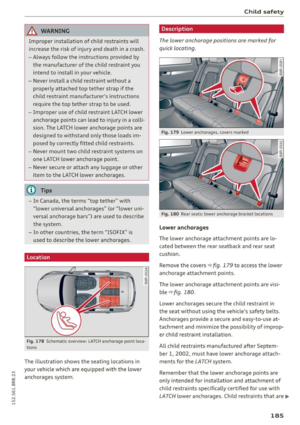 187
187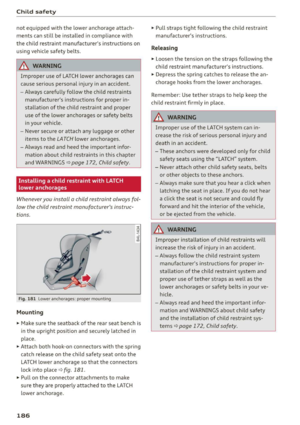 188
188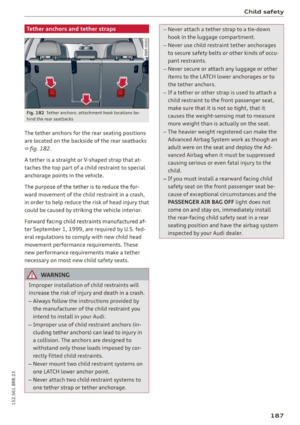 189
189 190
190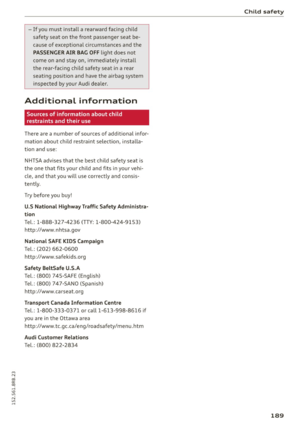 191
191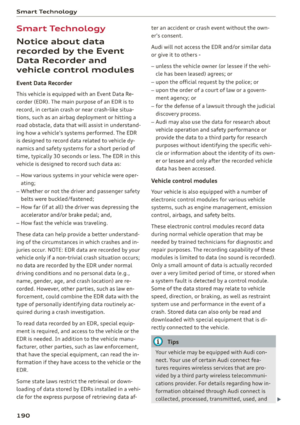 192
192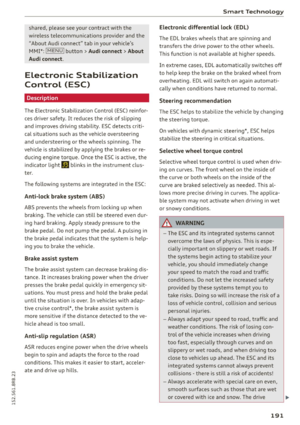 193
193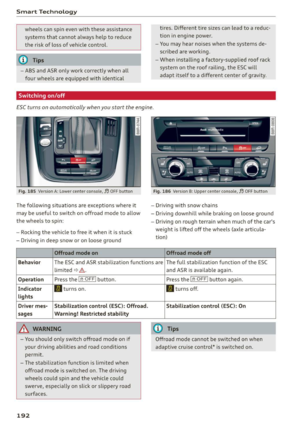 194
194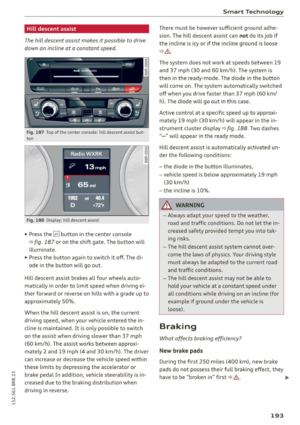 195
195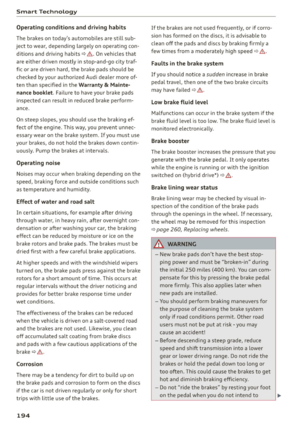 196
196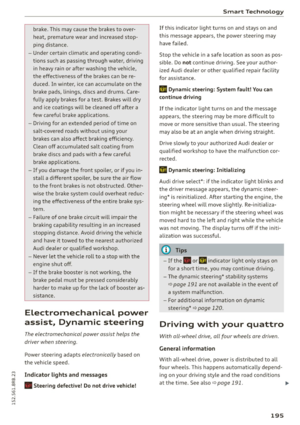 197
197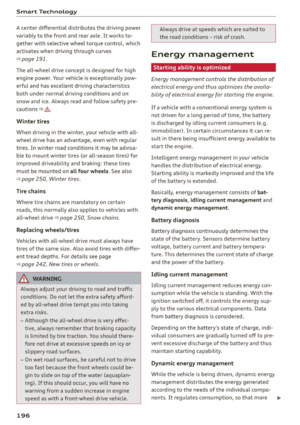 198
198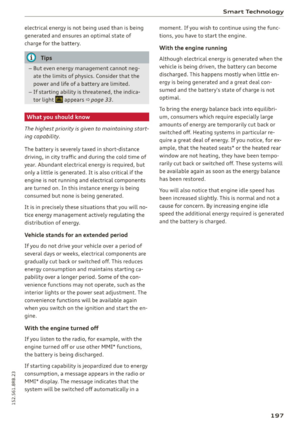 199
199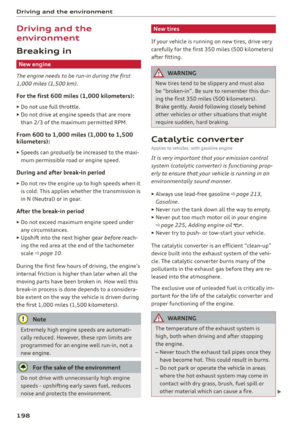 200
200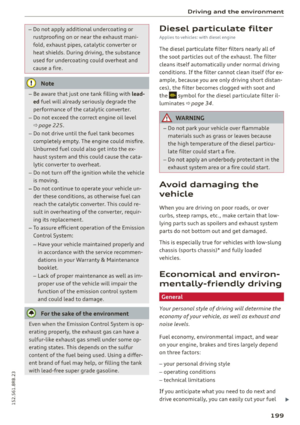 201
201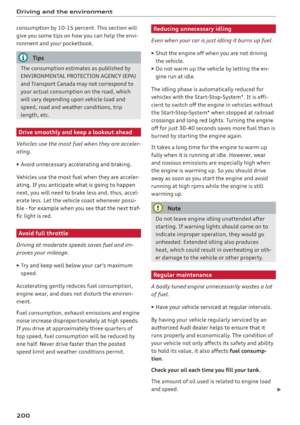 202
202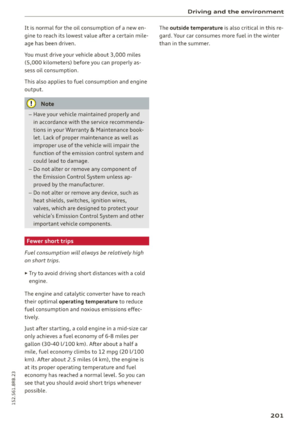 203
203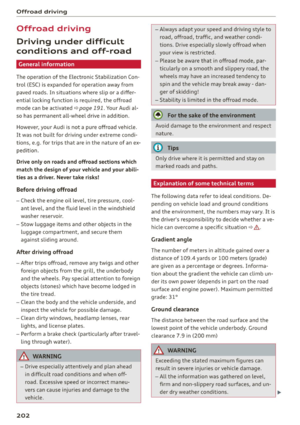 204
204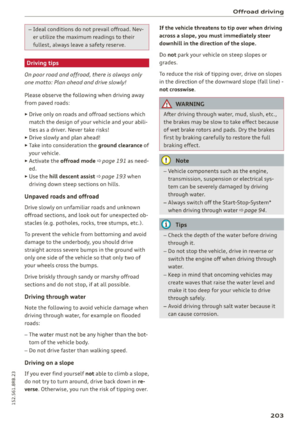 205
205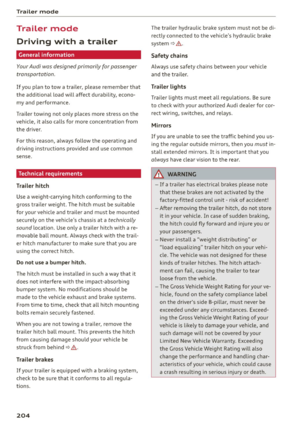 206
206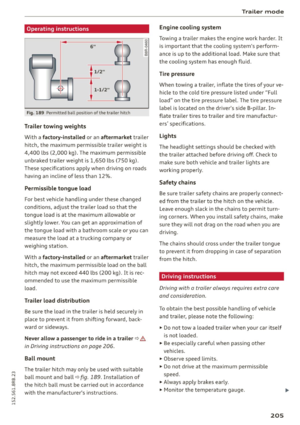 207
207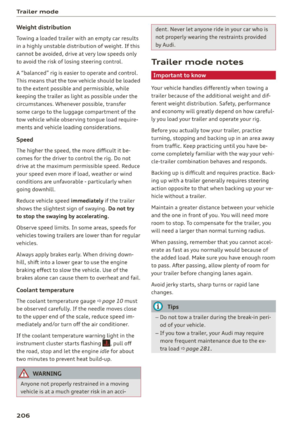 208
208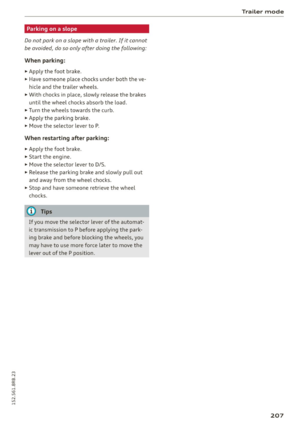 209
209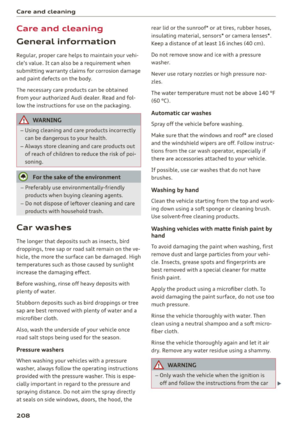 210
210 211
211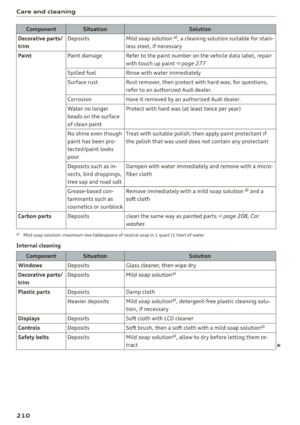 212
212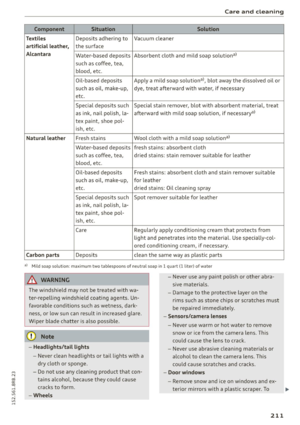 213
213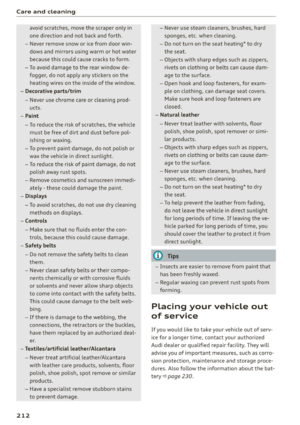 214
214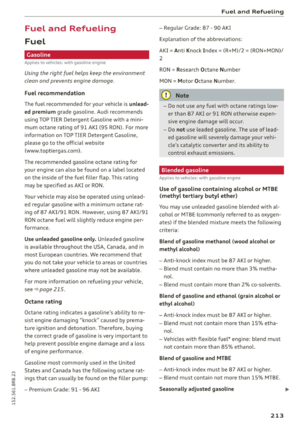 215
215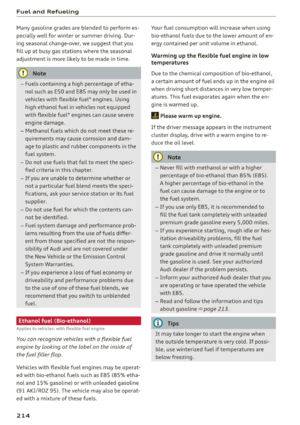 216
216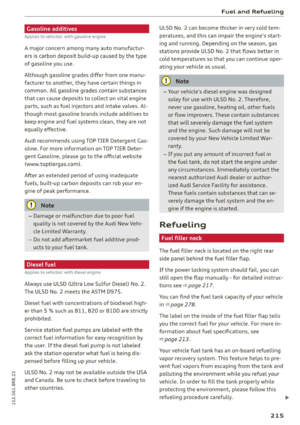 217
217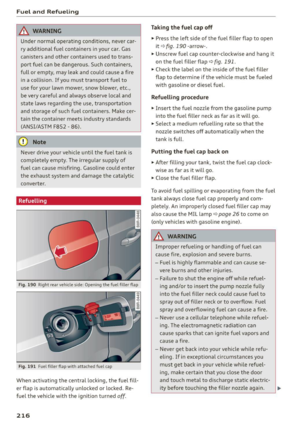 218
218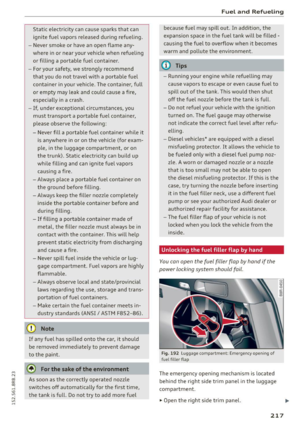 219
219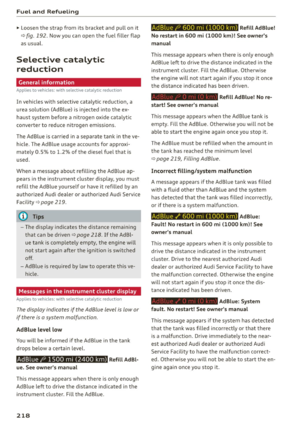 220
220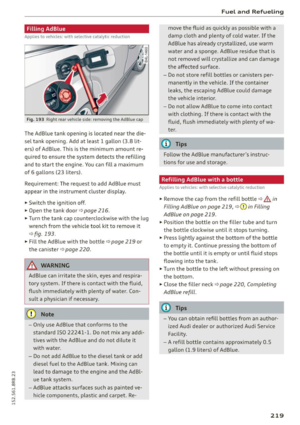 221
221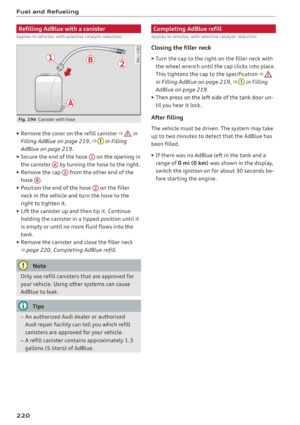 222
222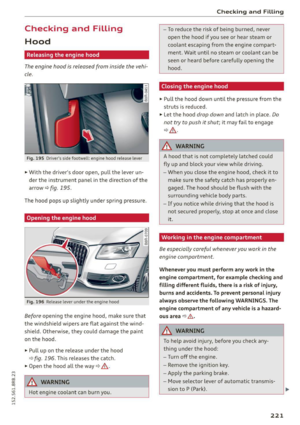 223
223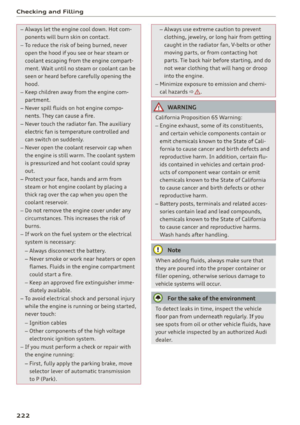 224
224 225
225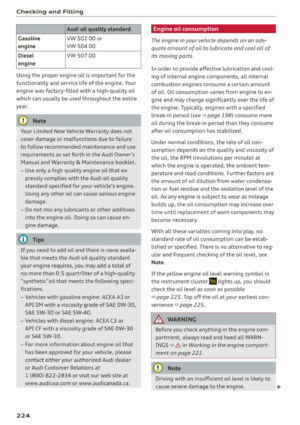 226
226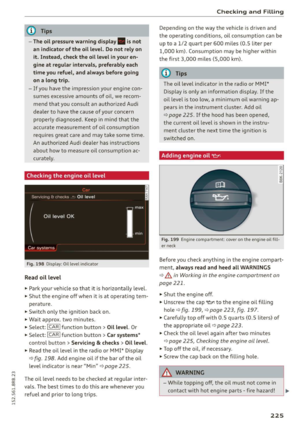 227
227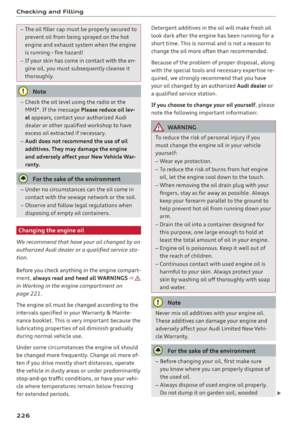 228
228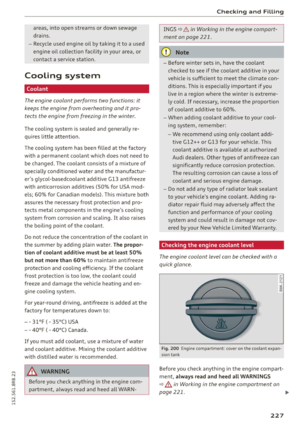 229
229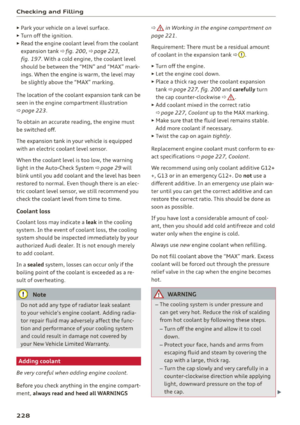 230
230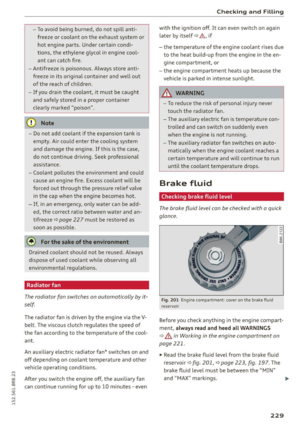 231
231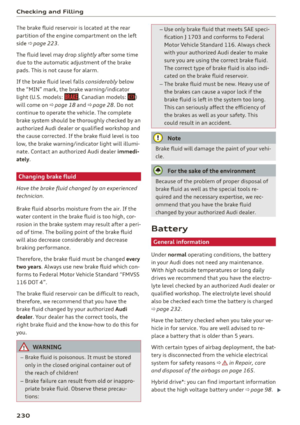 232
232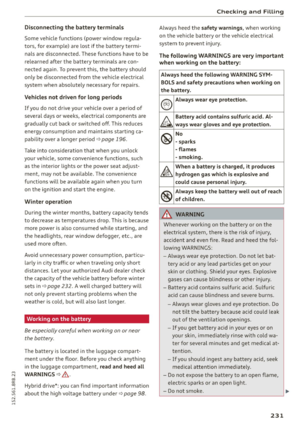 233
233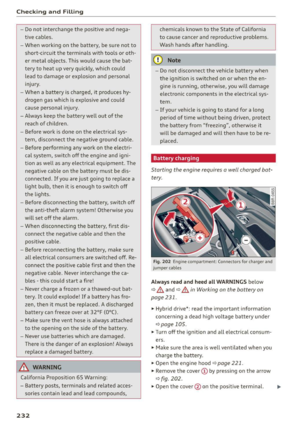 234
234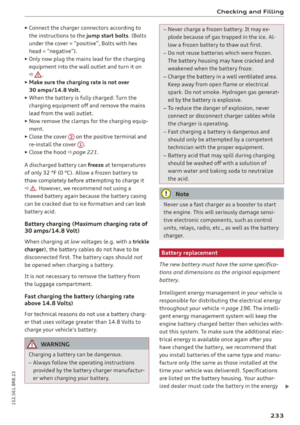 235
235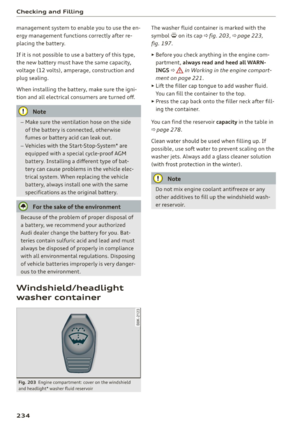 236
236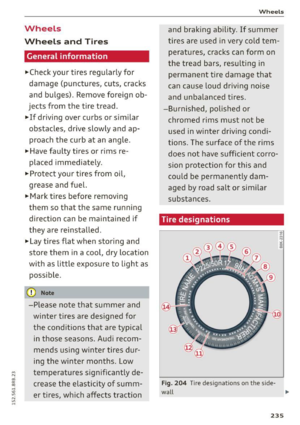 237
237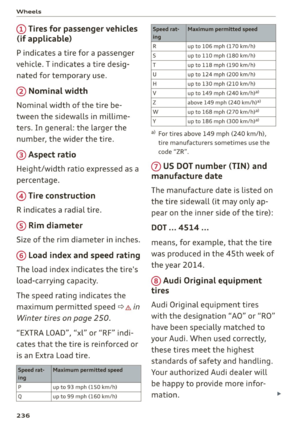 238
238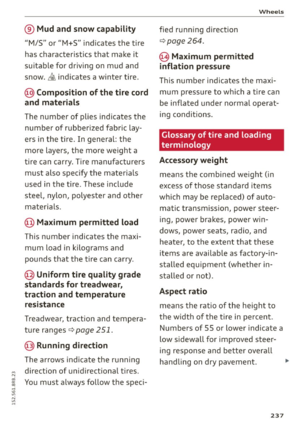 239
239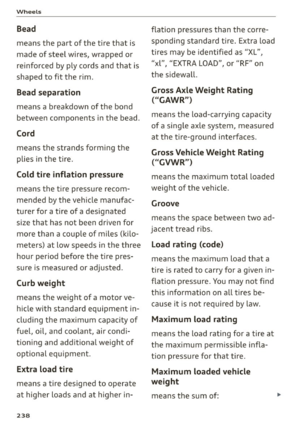 240
240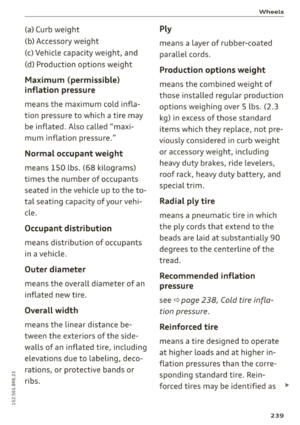 241
241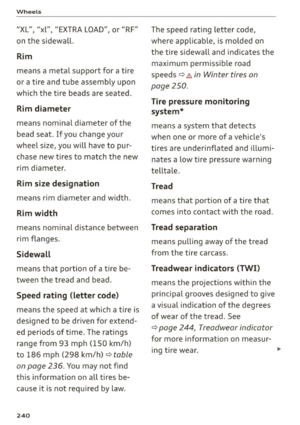 242
242 243
243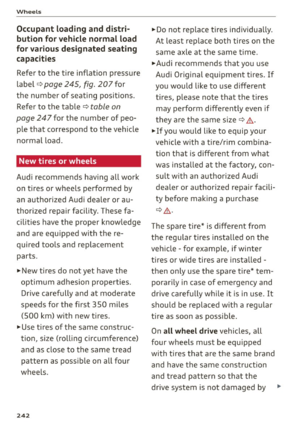 244
244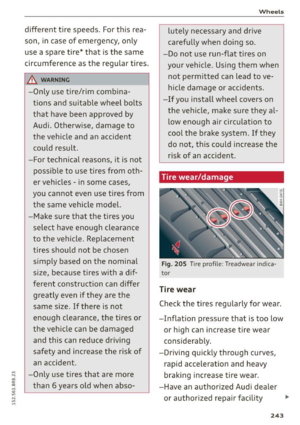 245
245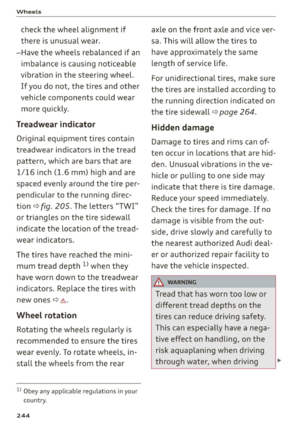 246
246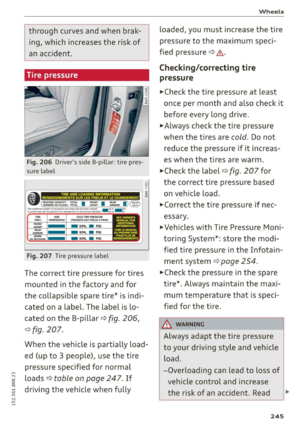 247
247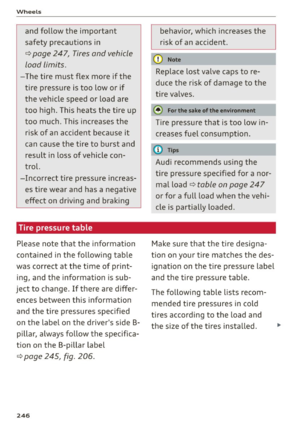 248
248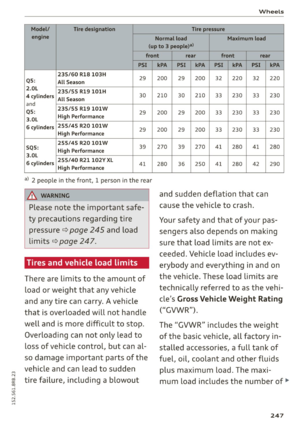 249
249 250
250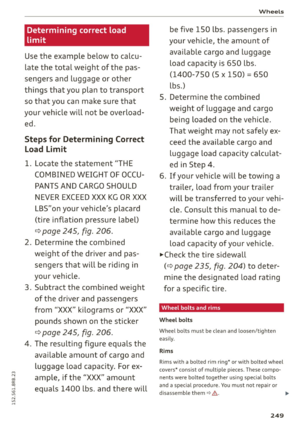 251
251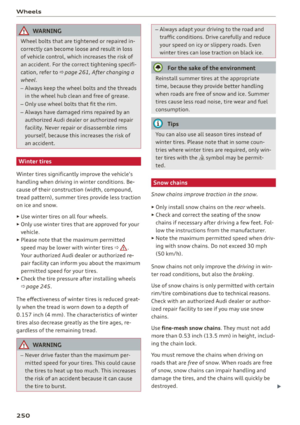 252
252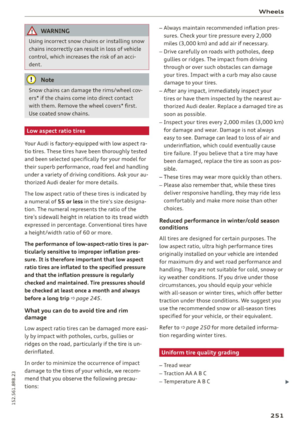 253
253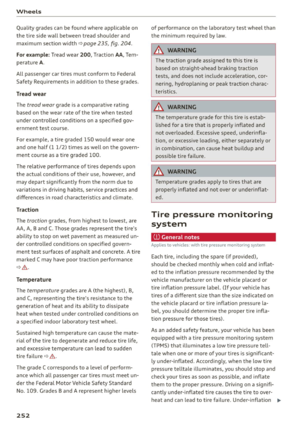 254
254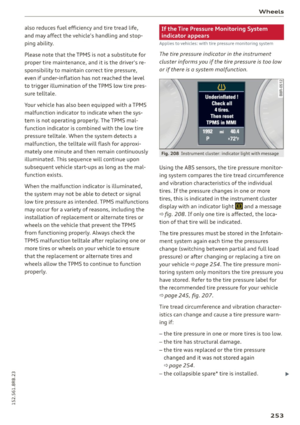 255
255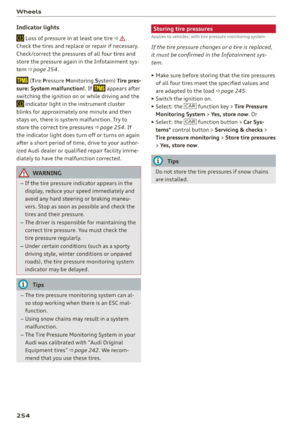 256
256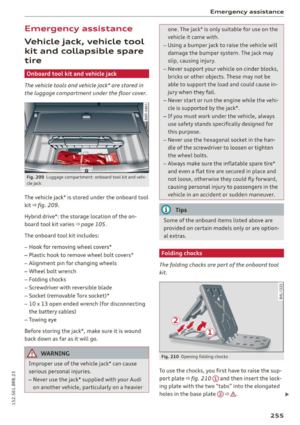 257
257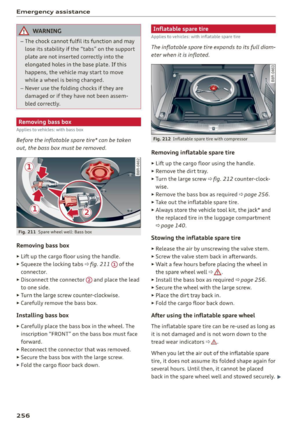 258
258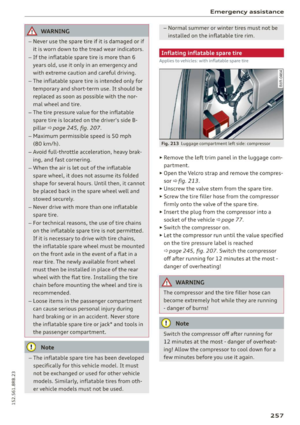 259
259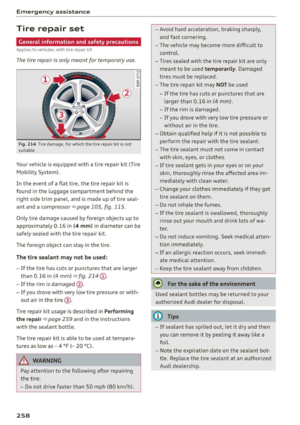 260
260 261
261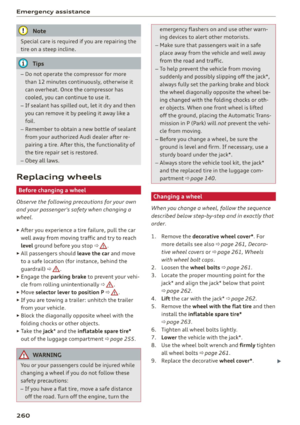 262
262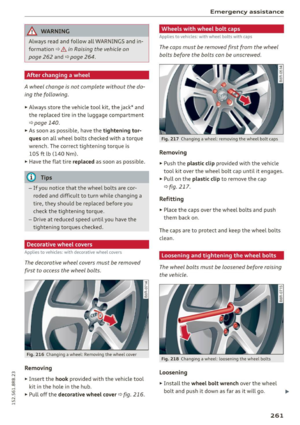 263
263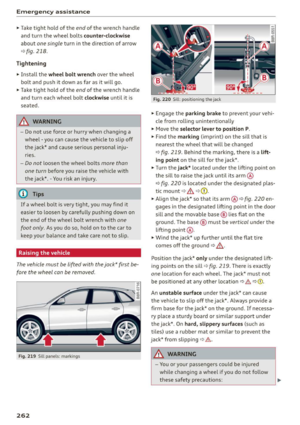 264
264 265
265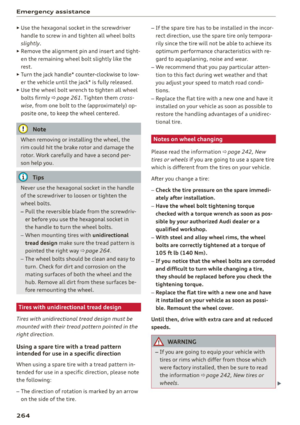 266
266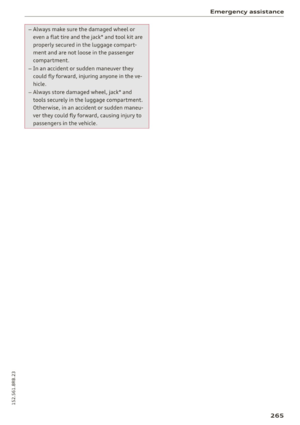 267
267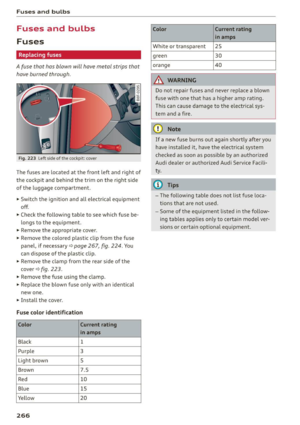 268
268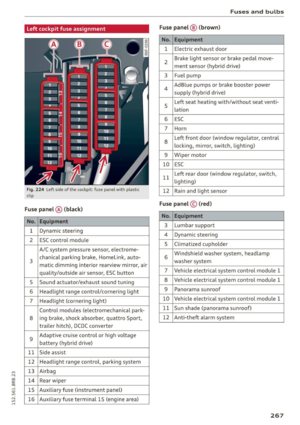 269
269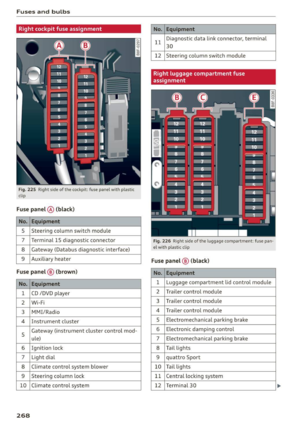 270
270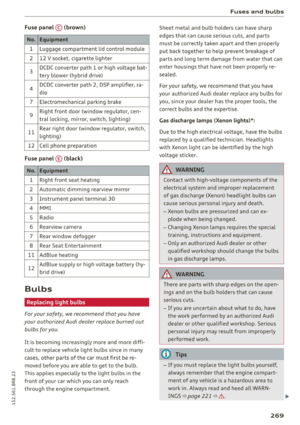 271
271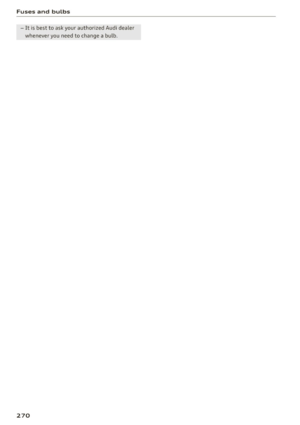 272
272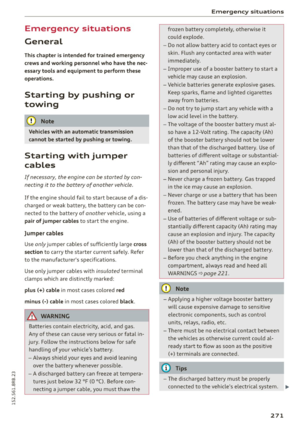 273
273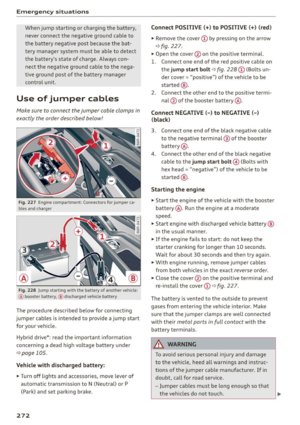 274
274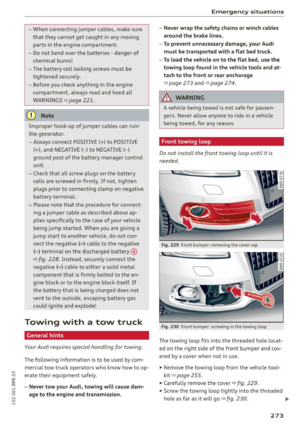 275
275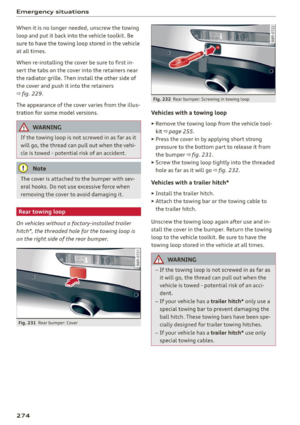 276
276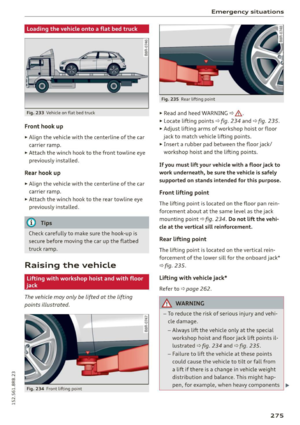 277
277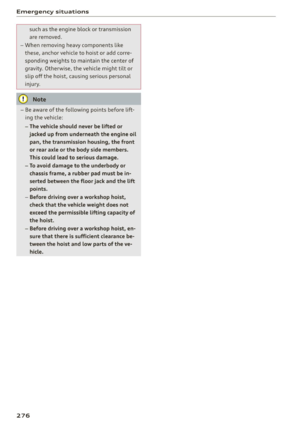 278
278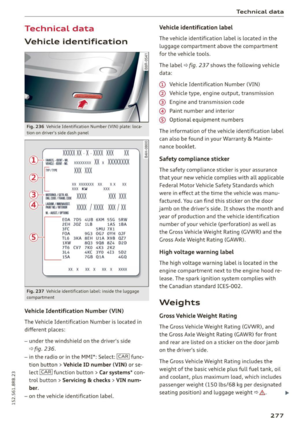 279
279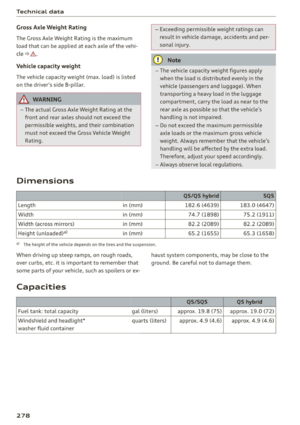 280
280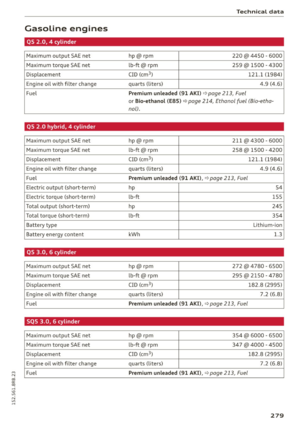 281
281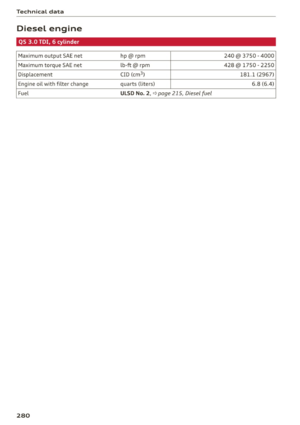 282
282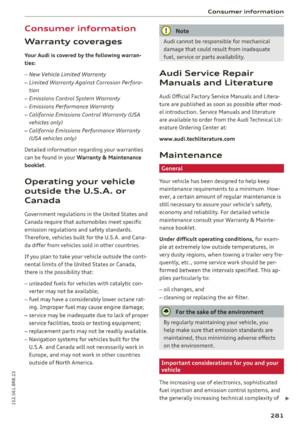 283
283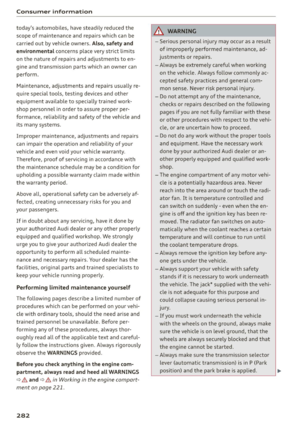 284
284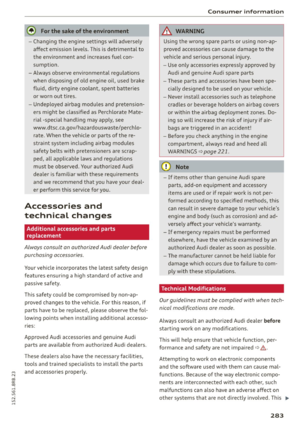 285
285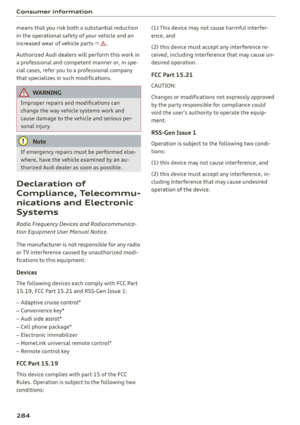 286
286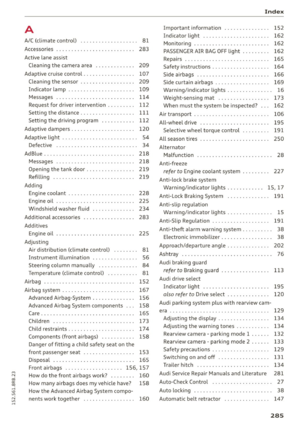 287
287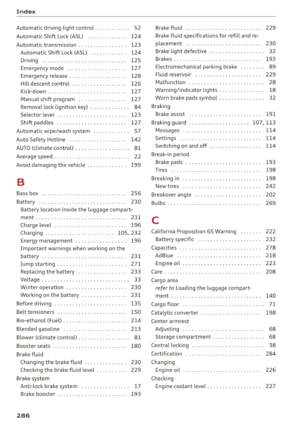 288
288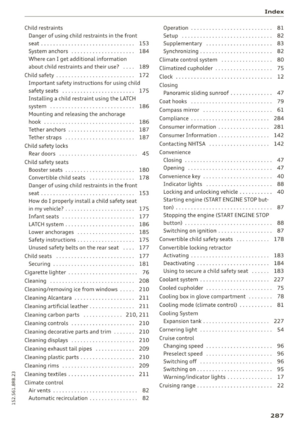 289
289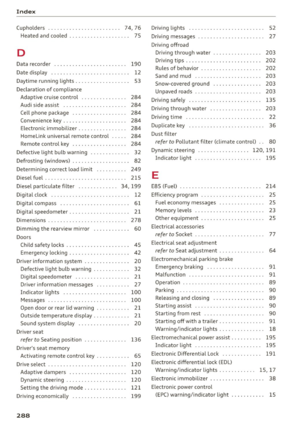 290
290 291
291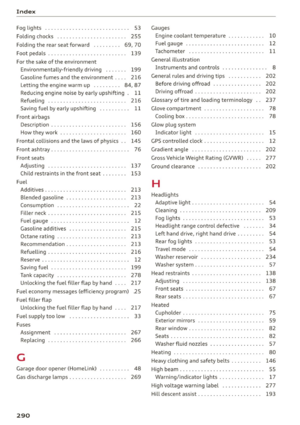 292
292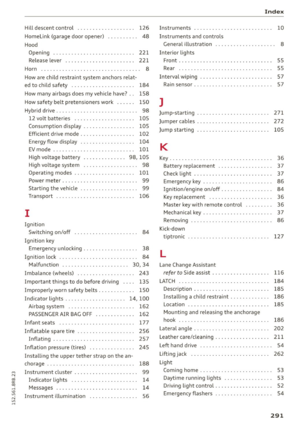 293
293 294
294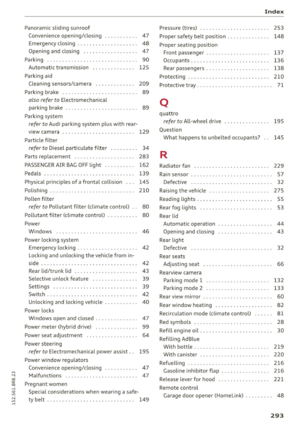 295
295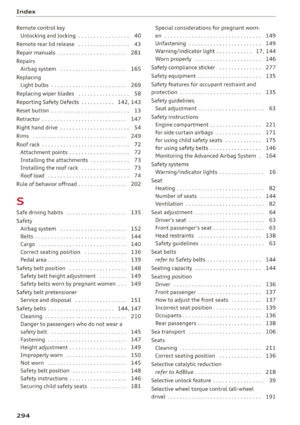 296
296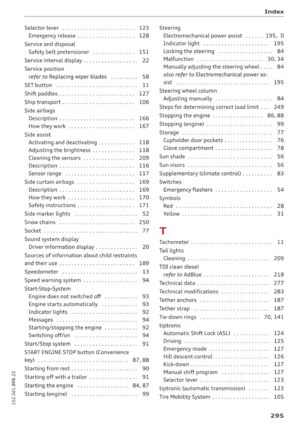 297
297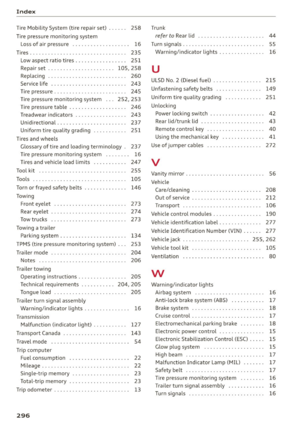 298
298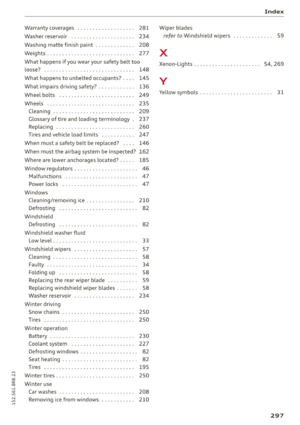 299
299 300
300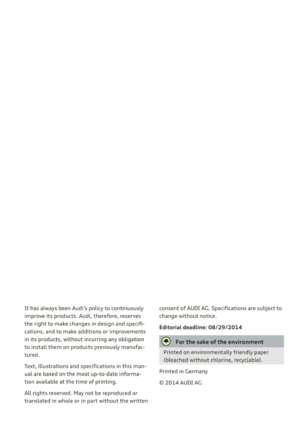 301
301






